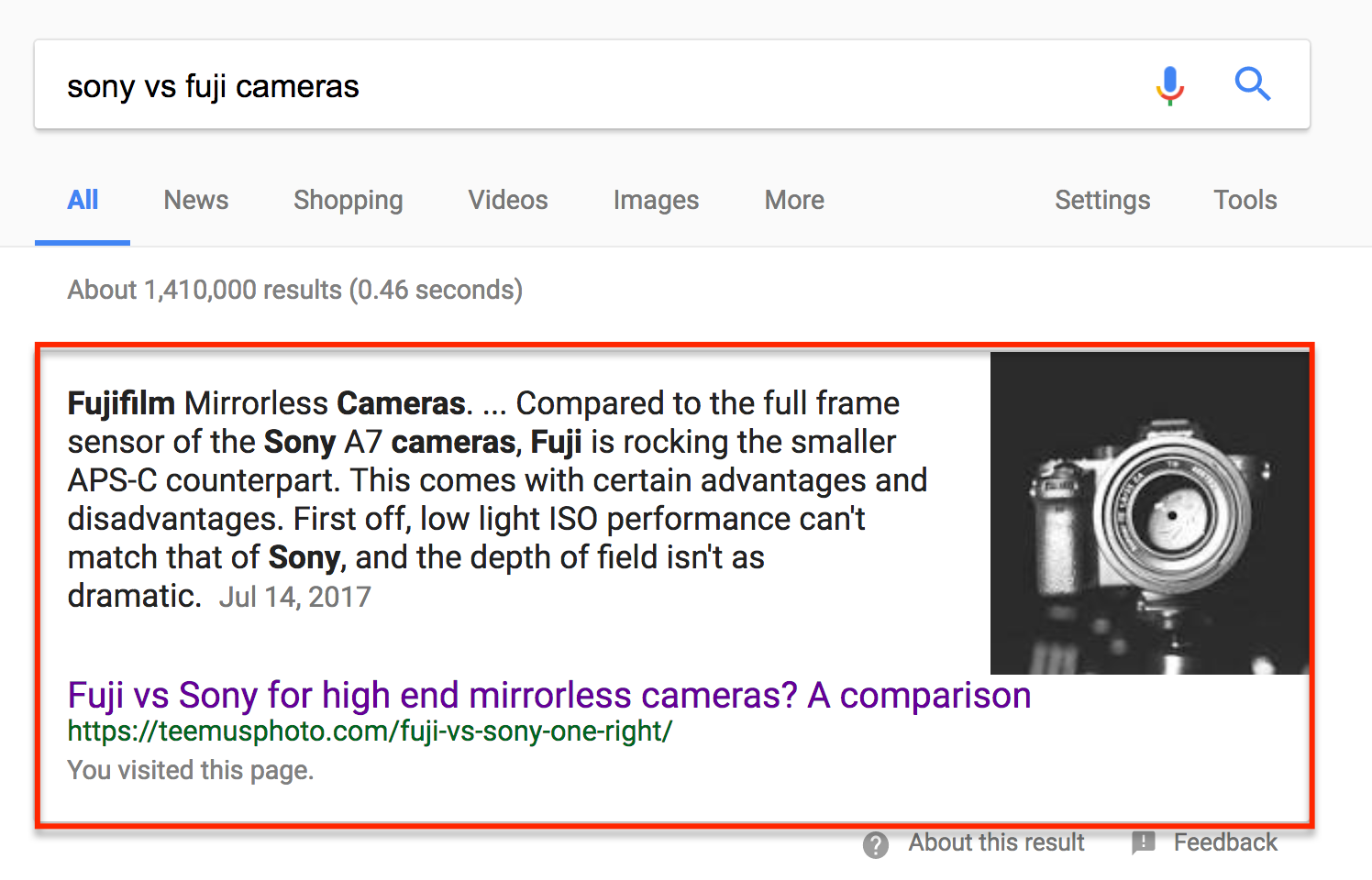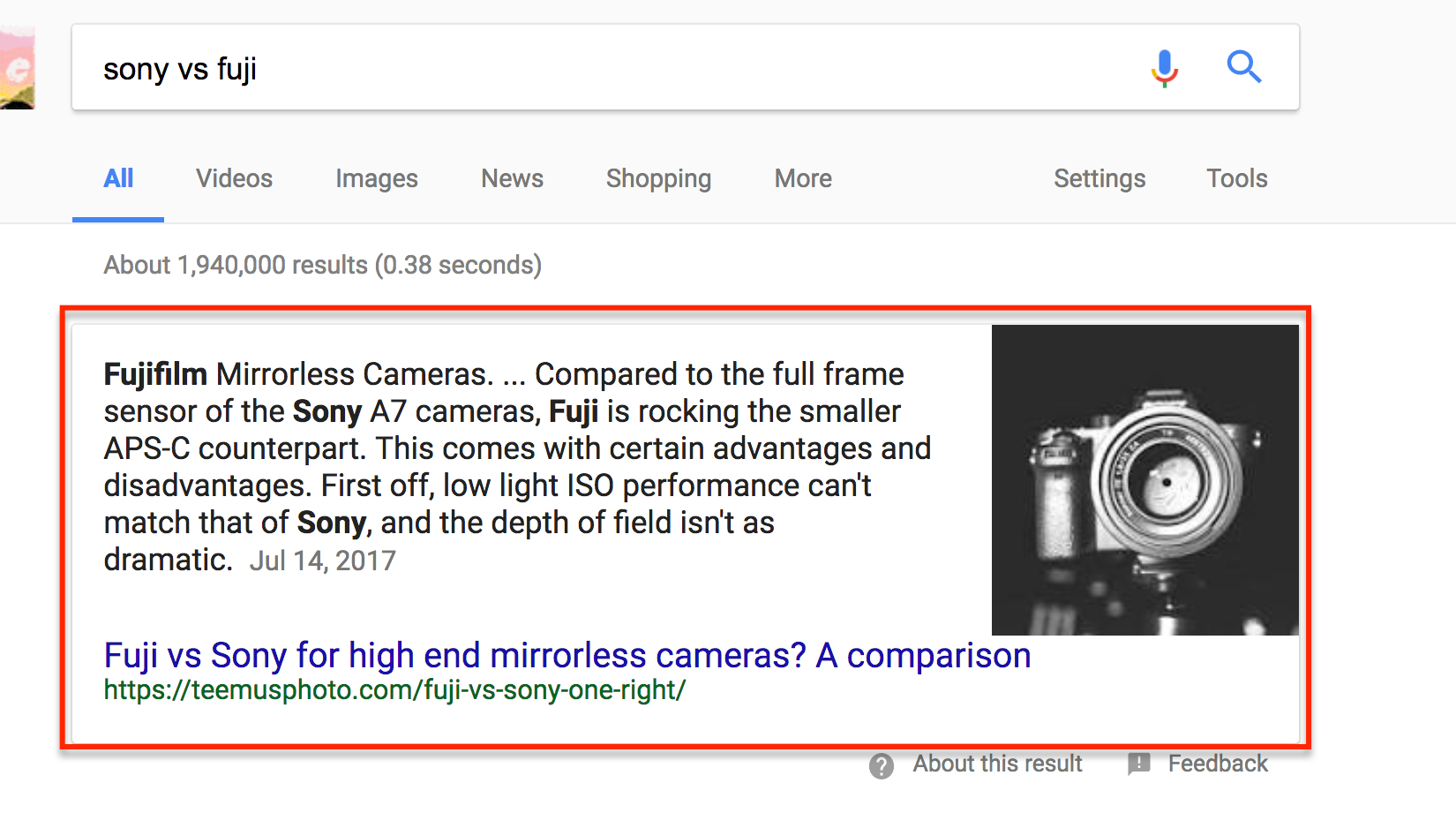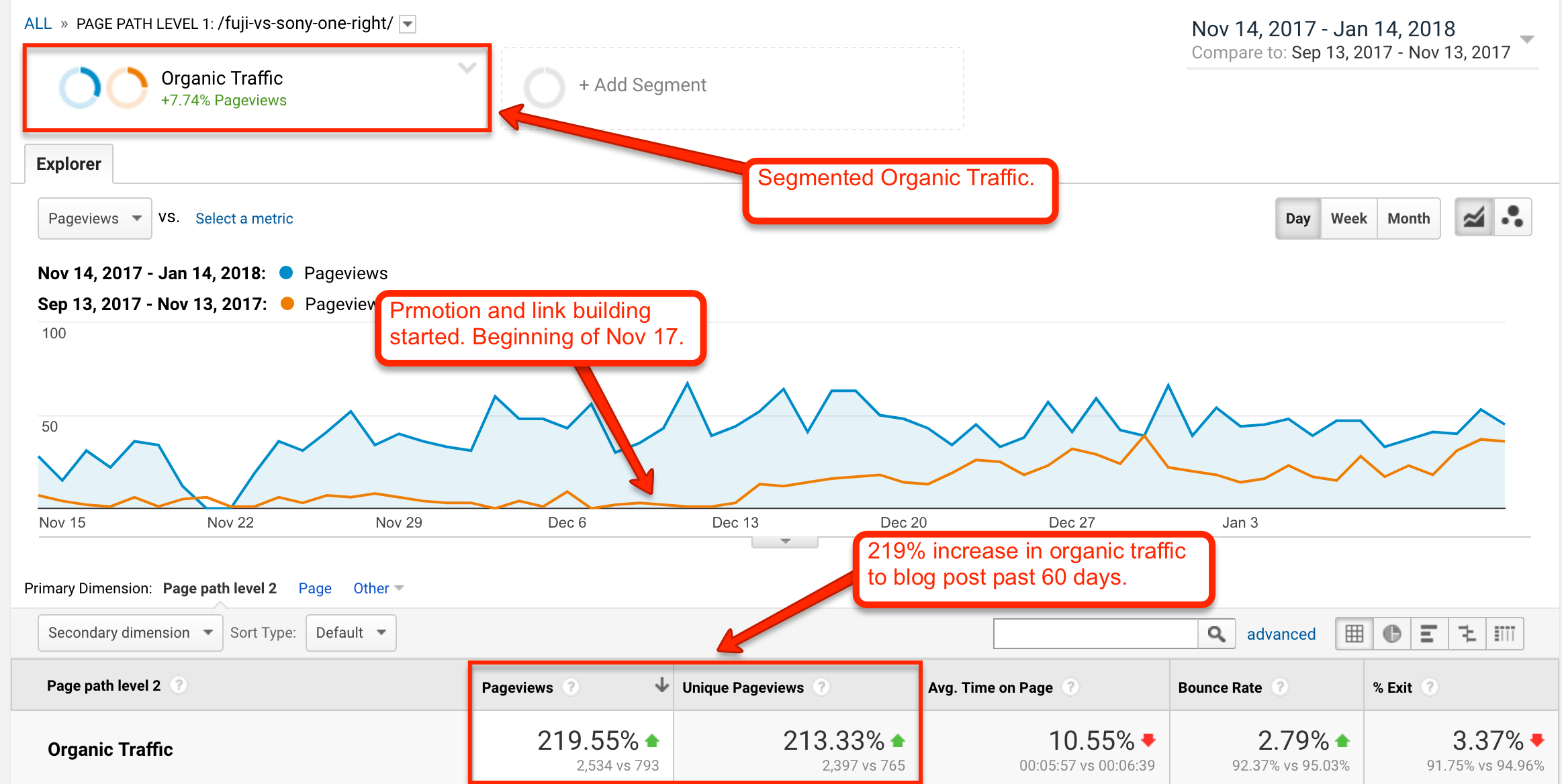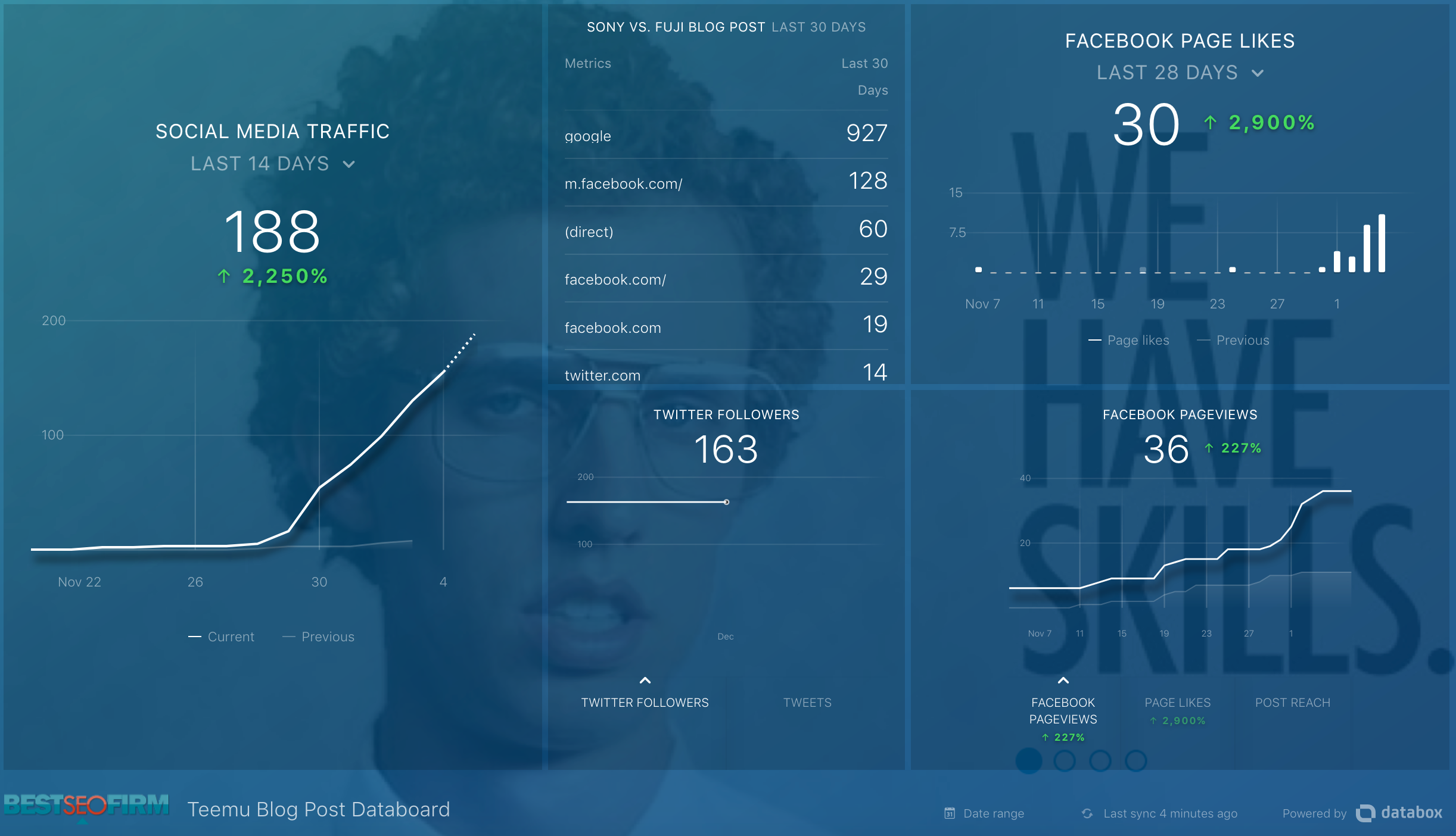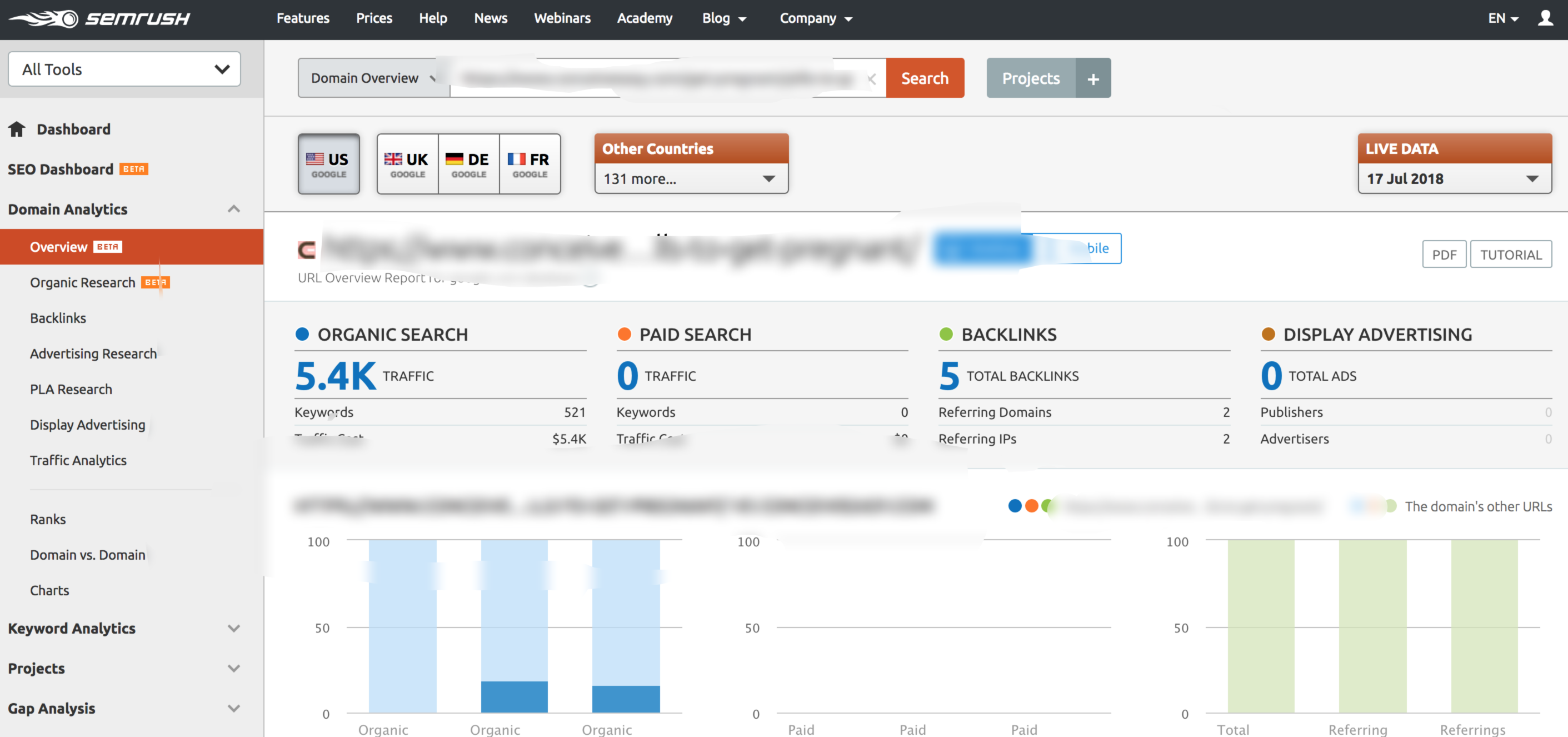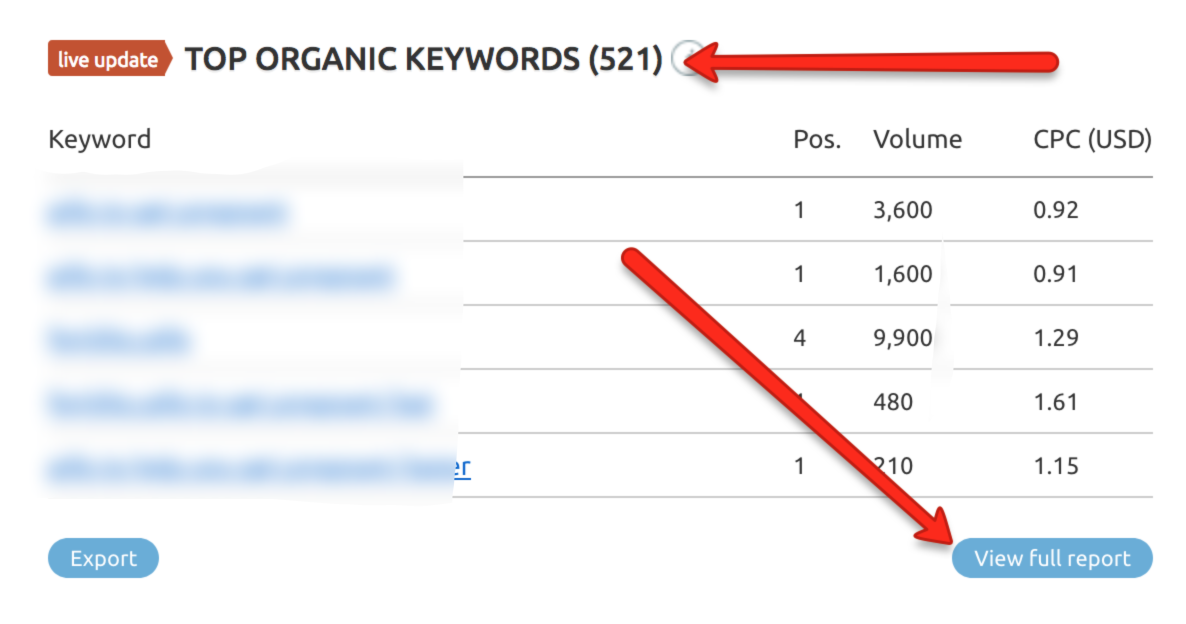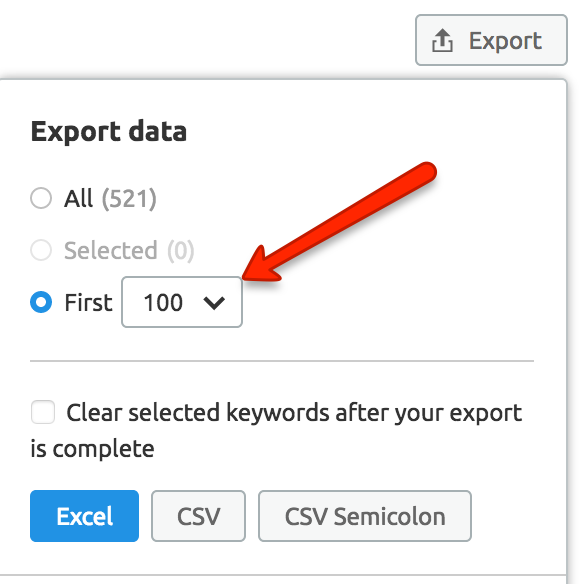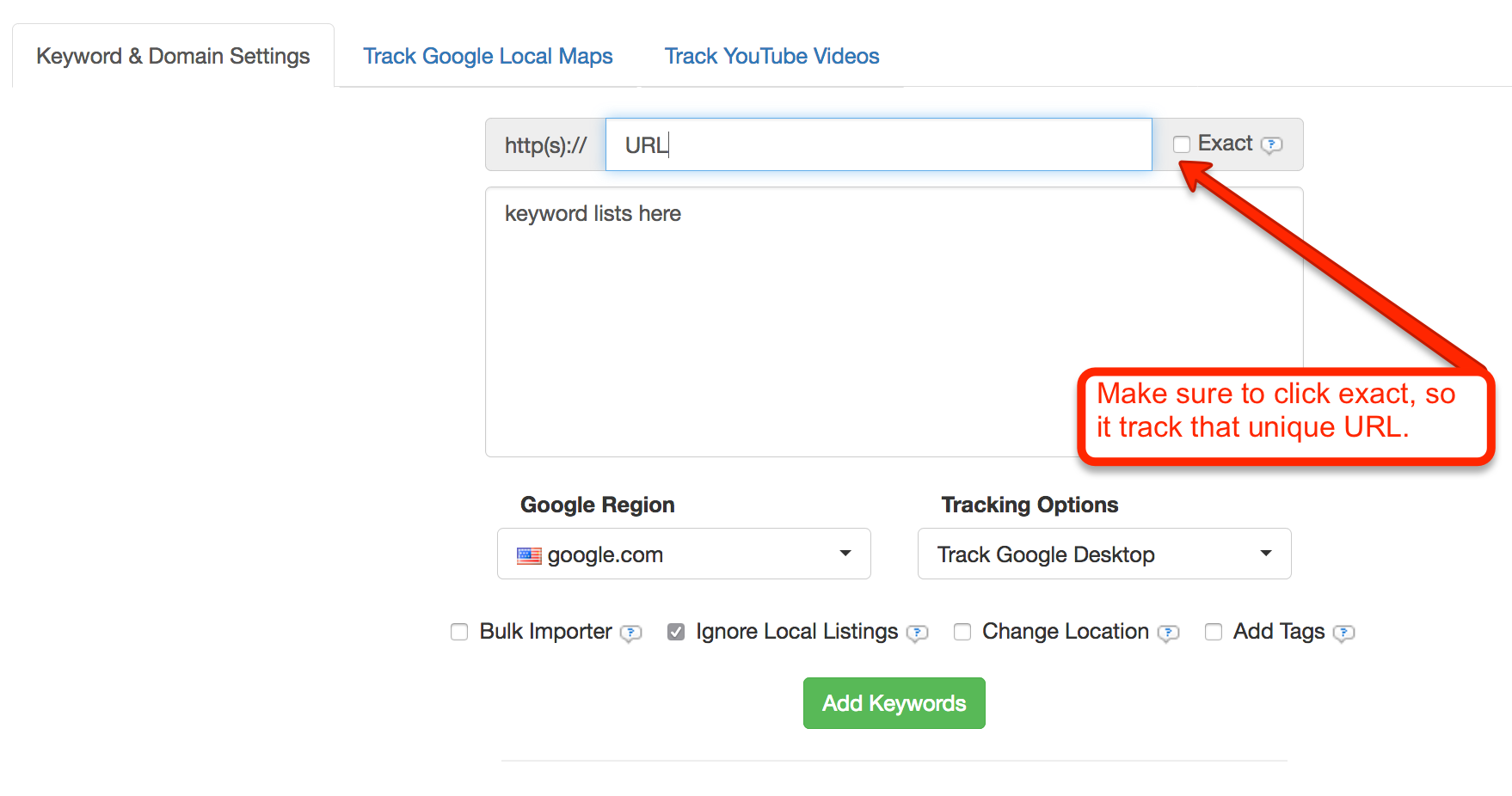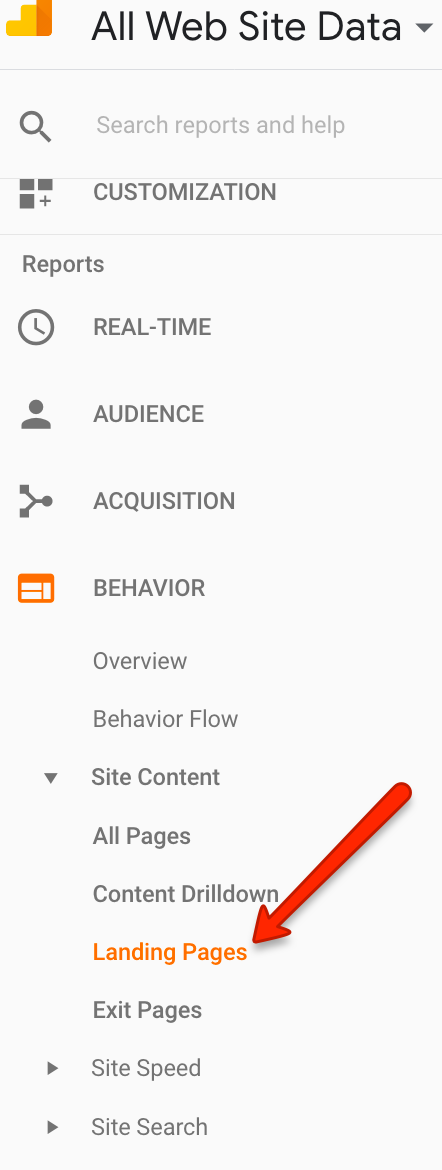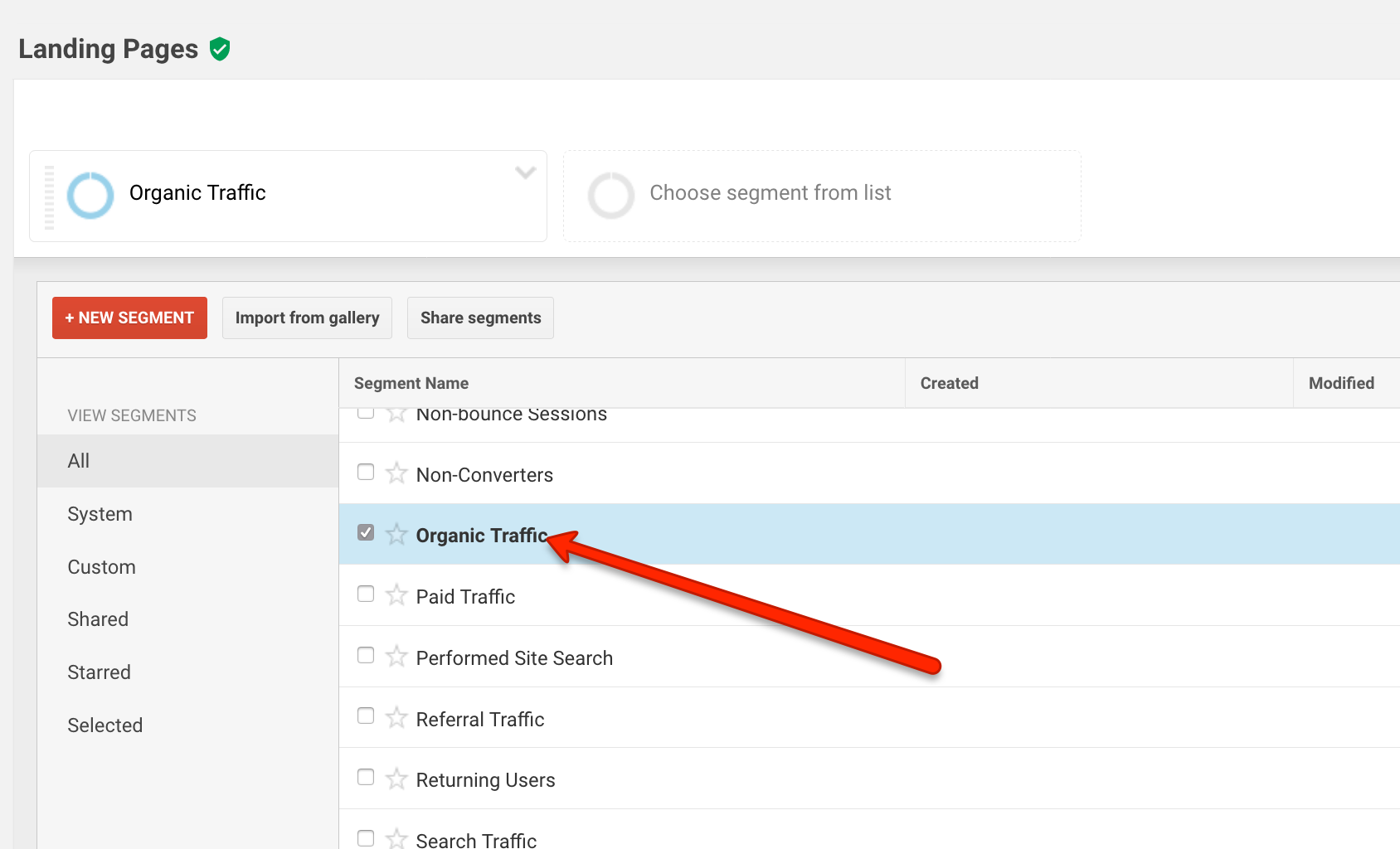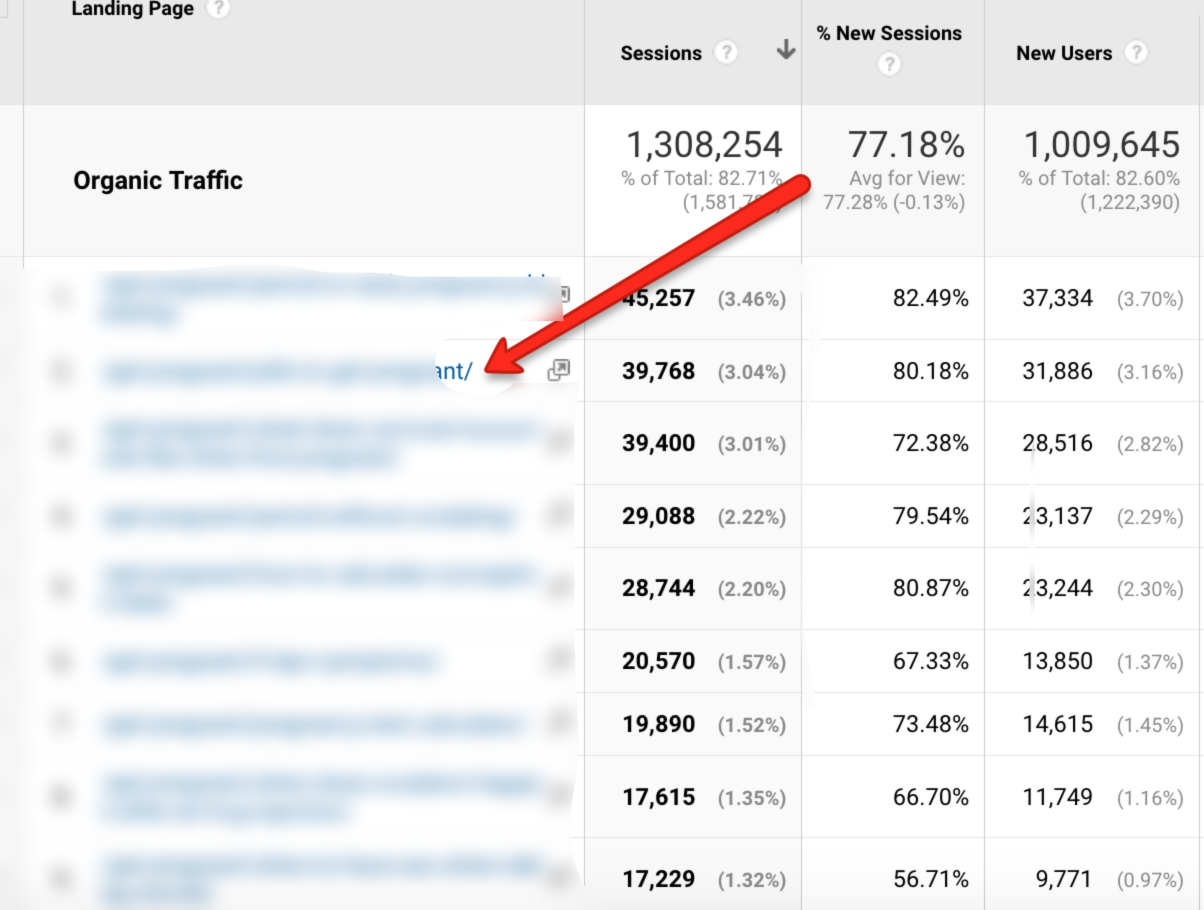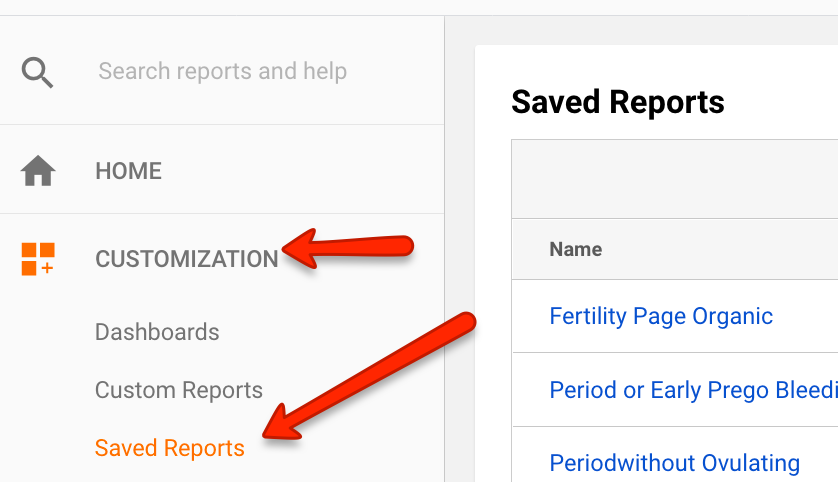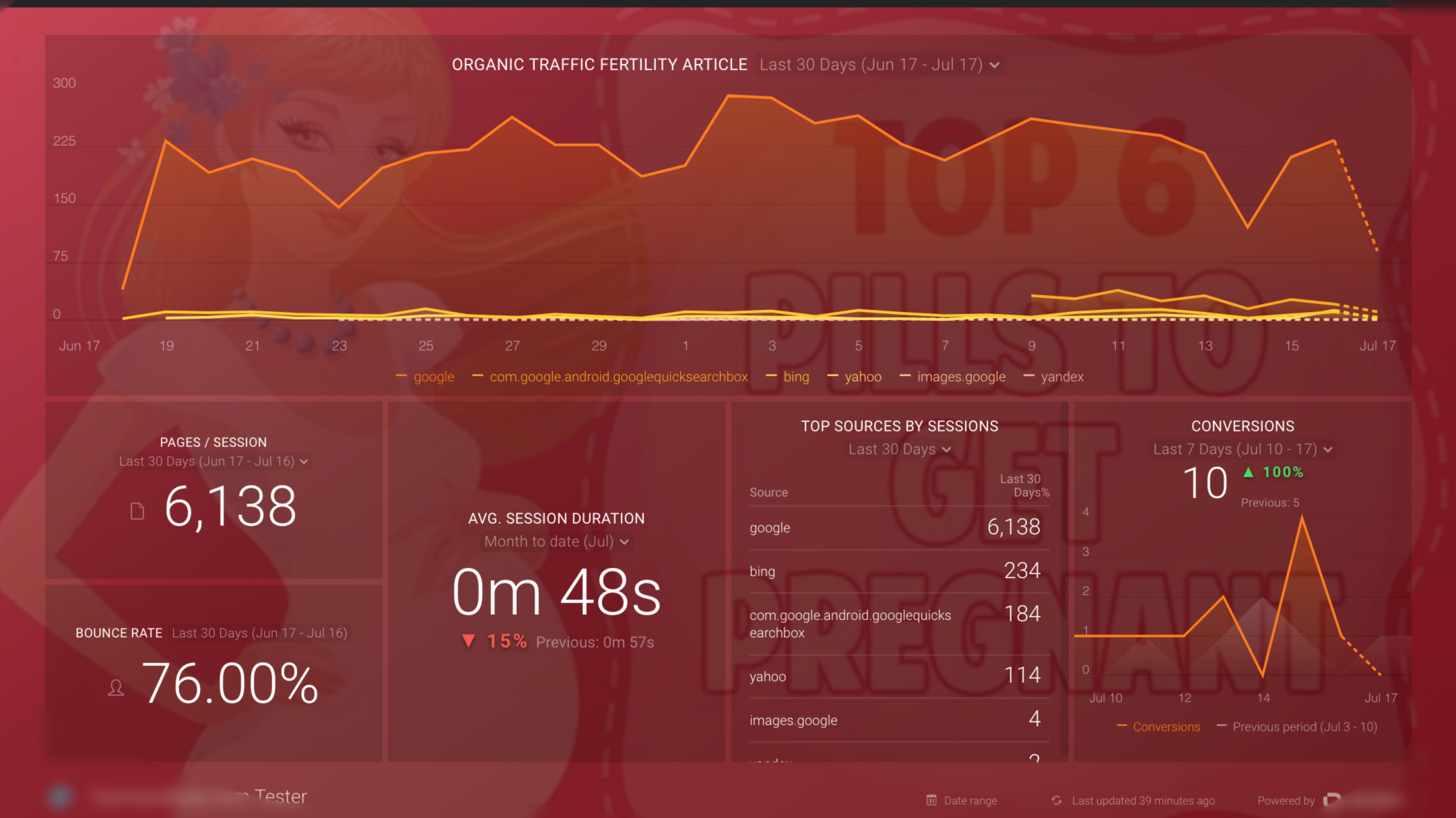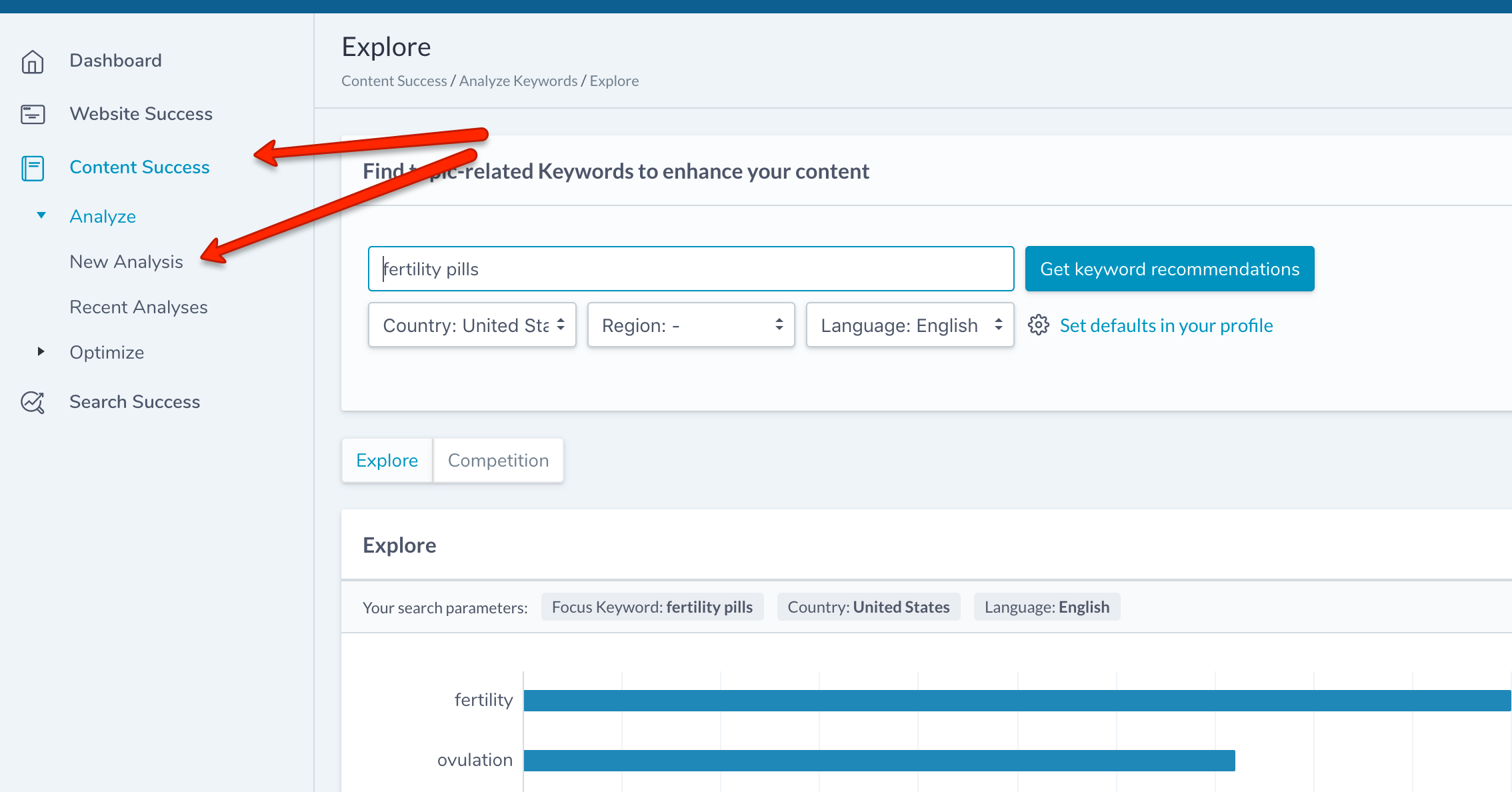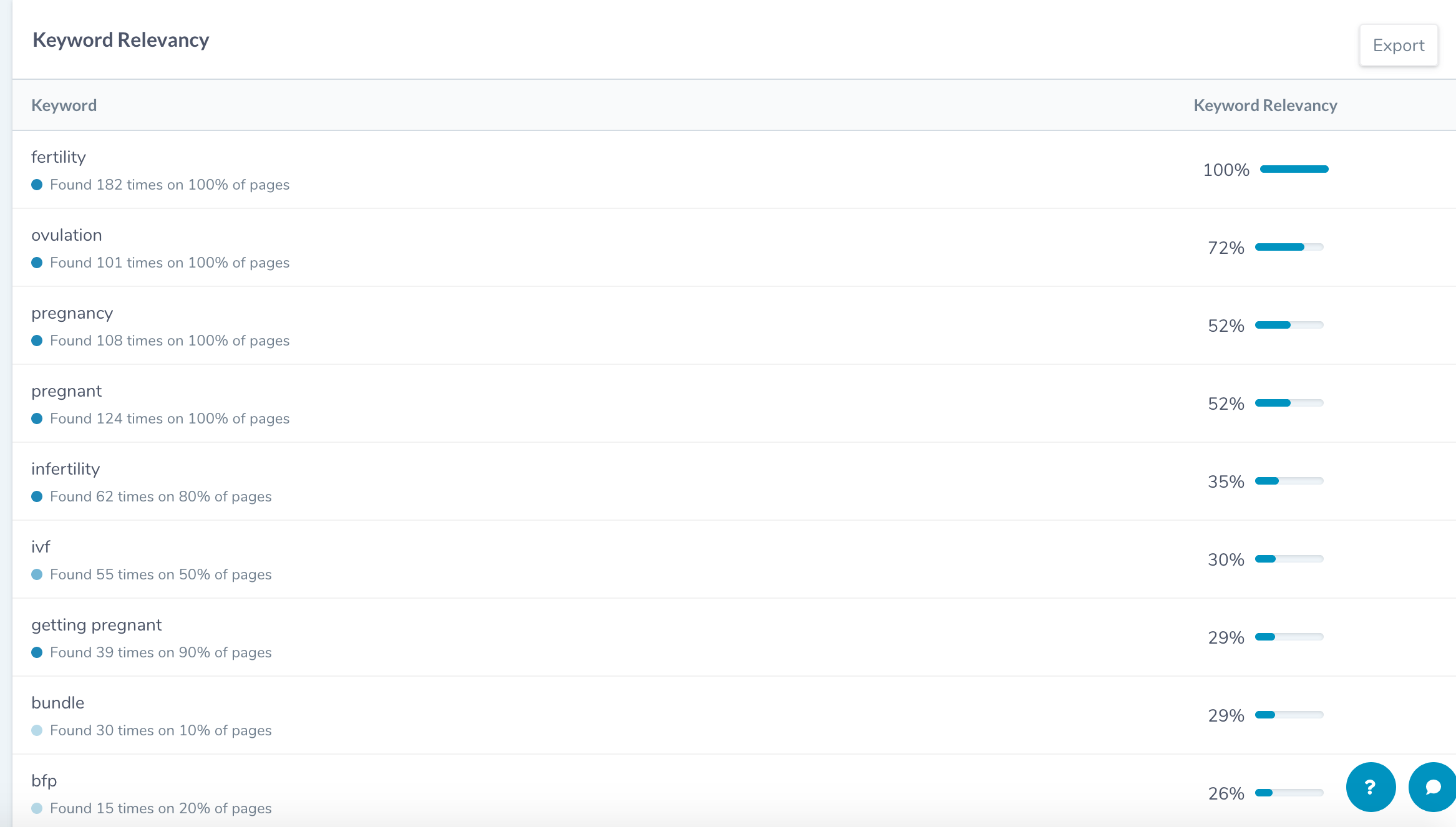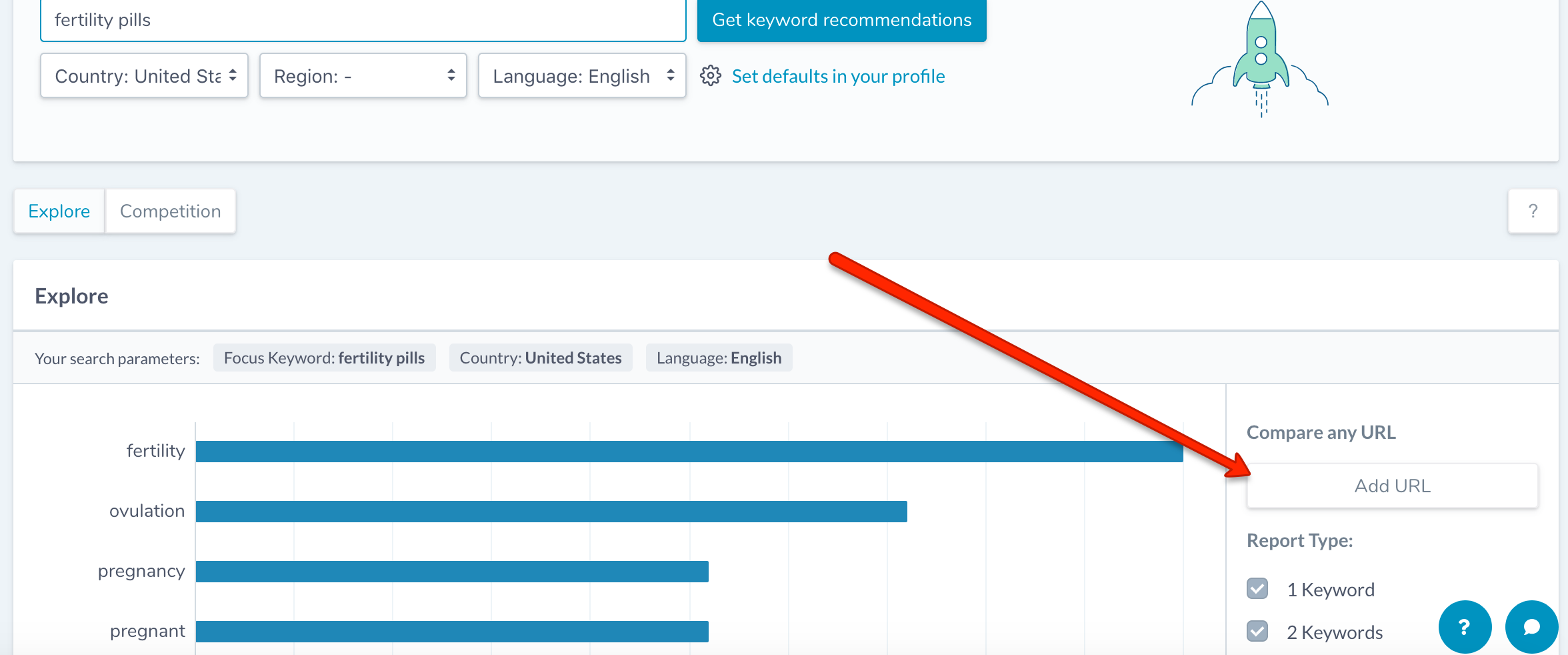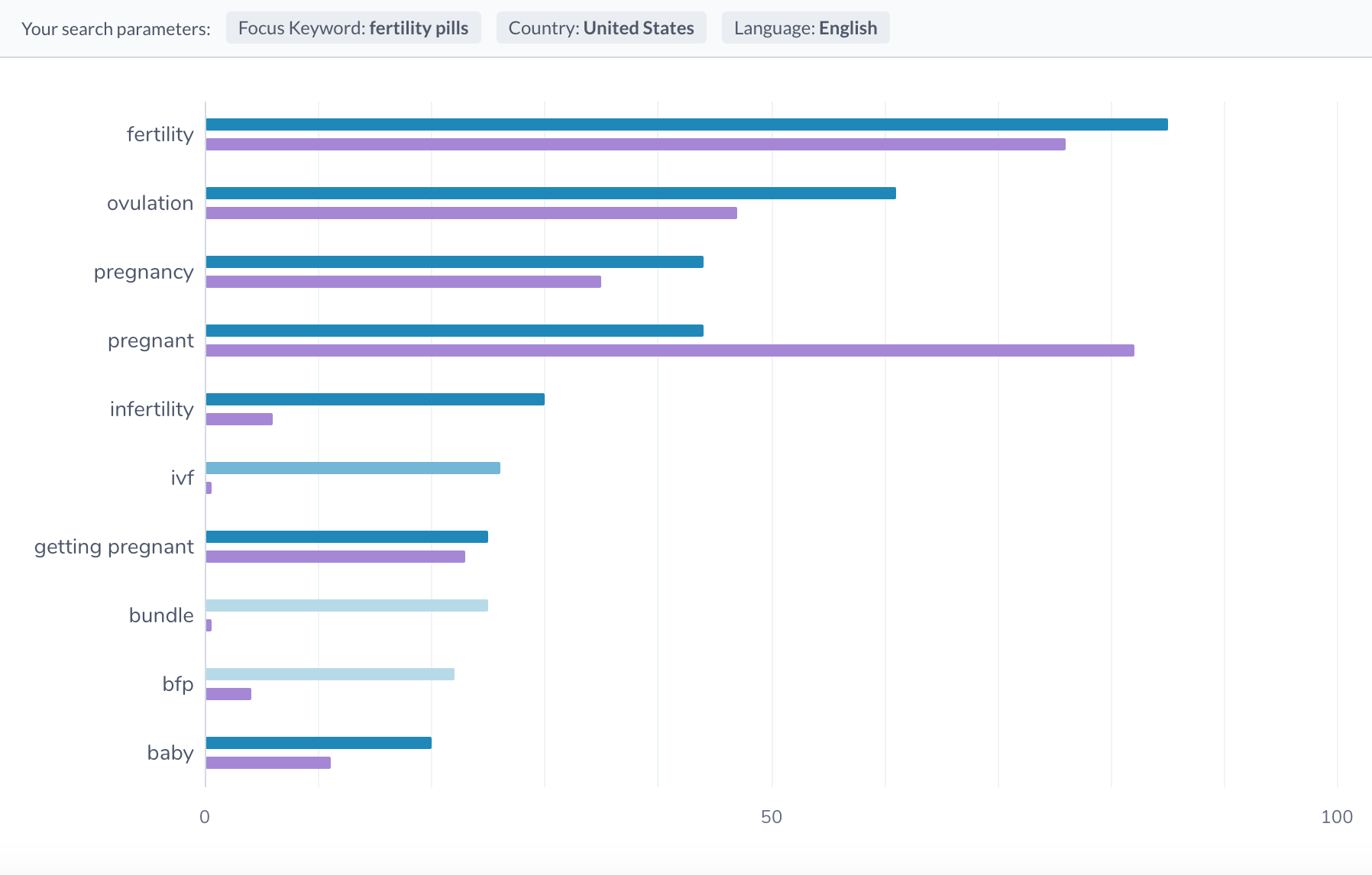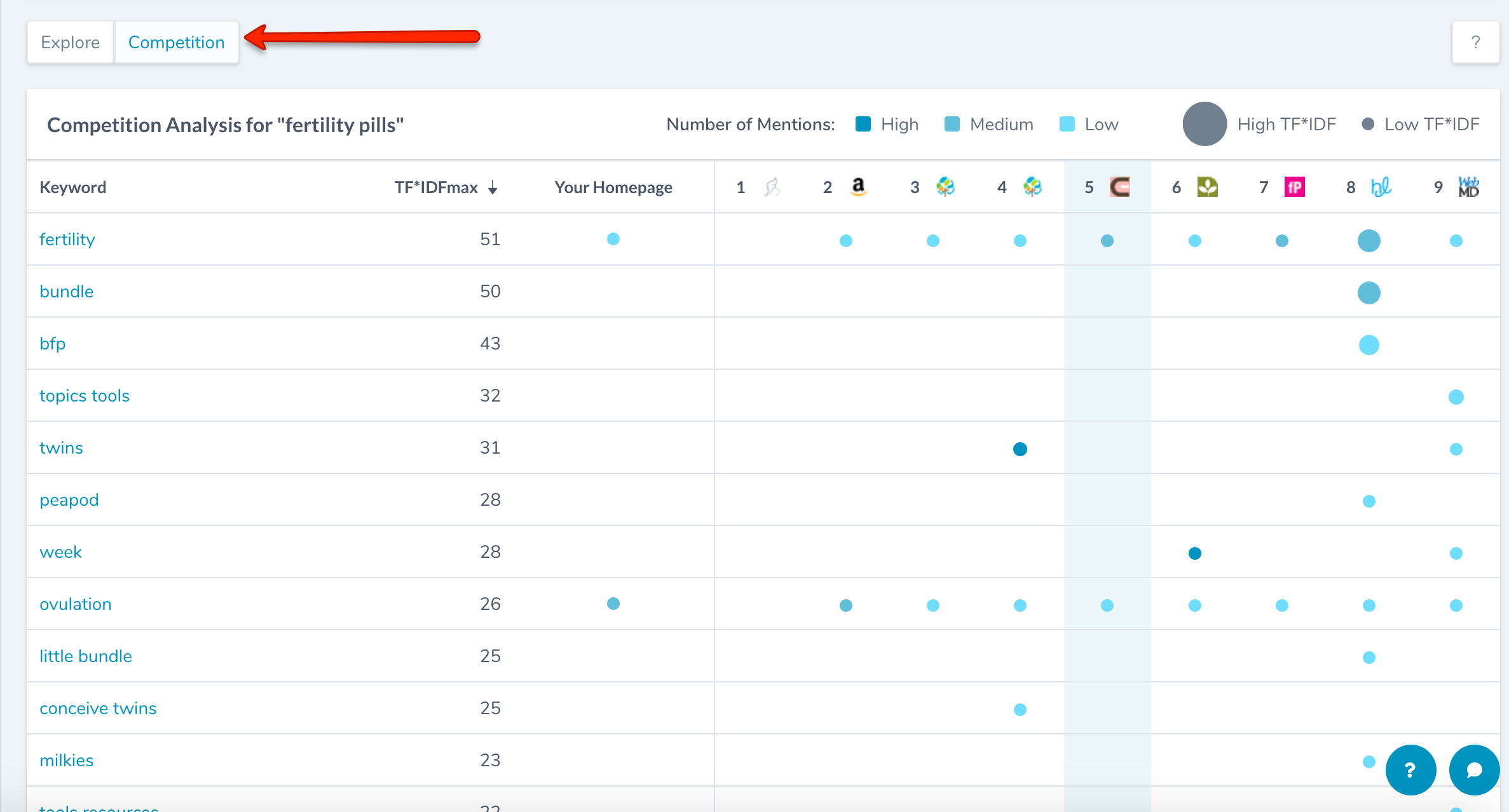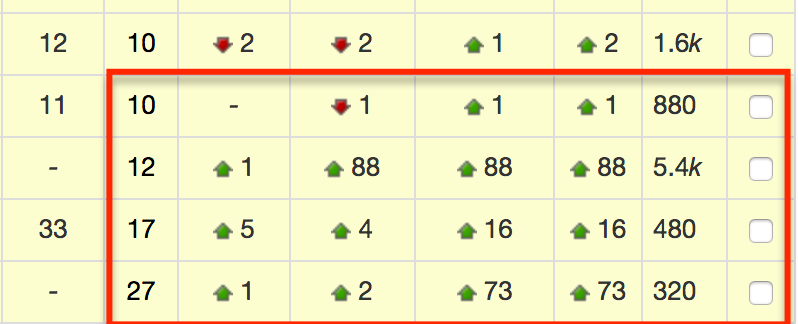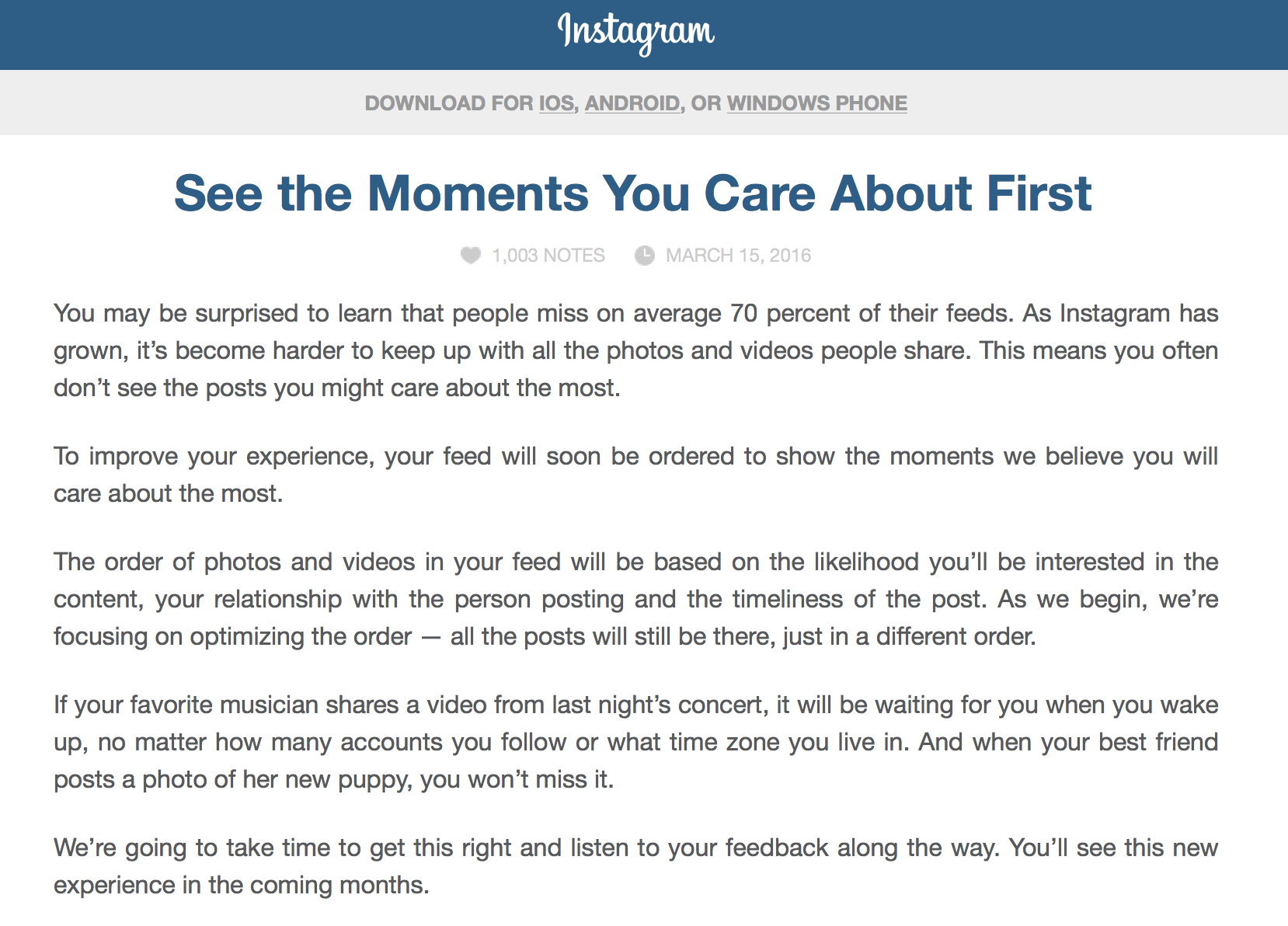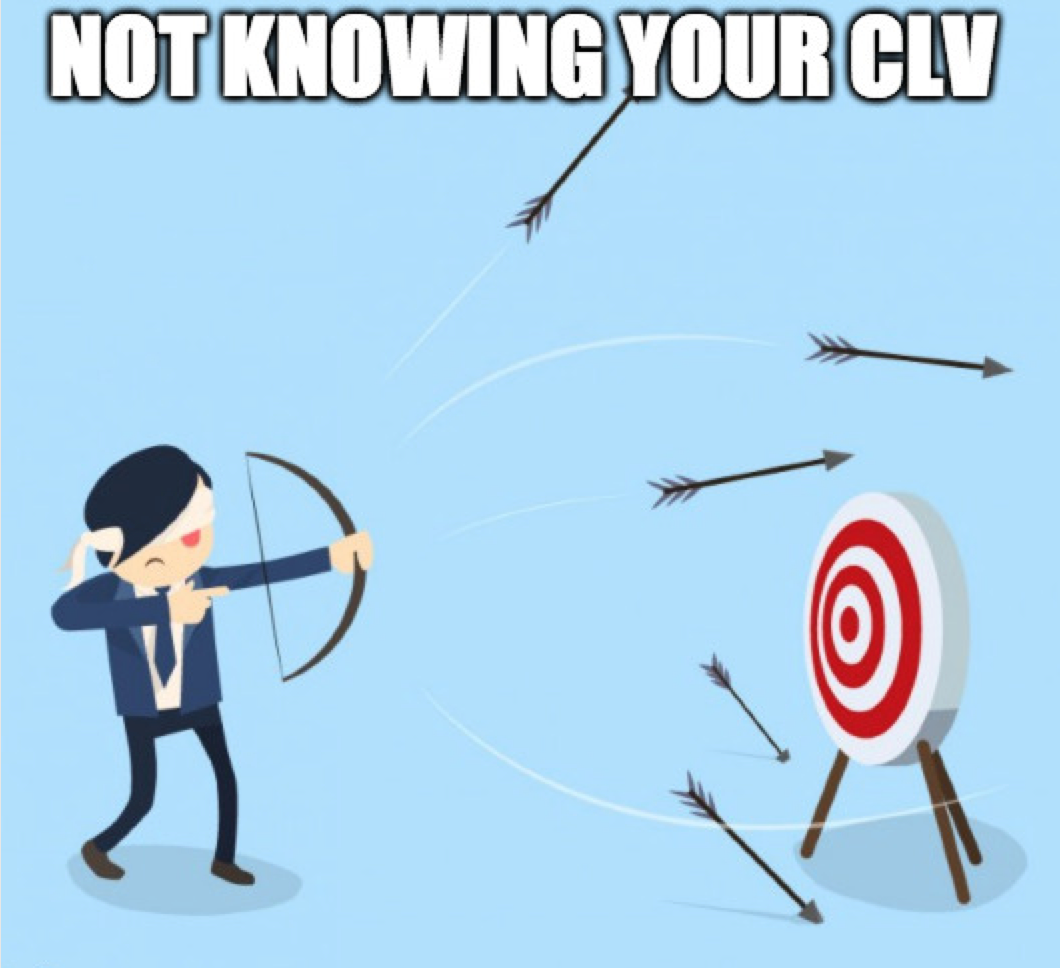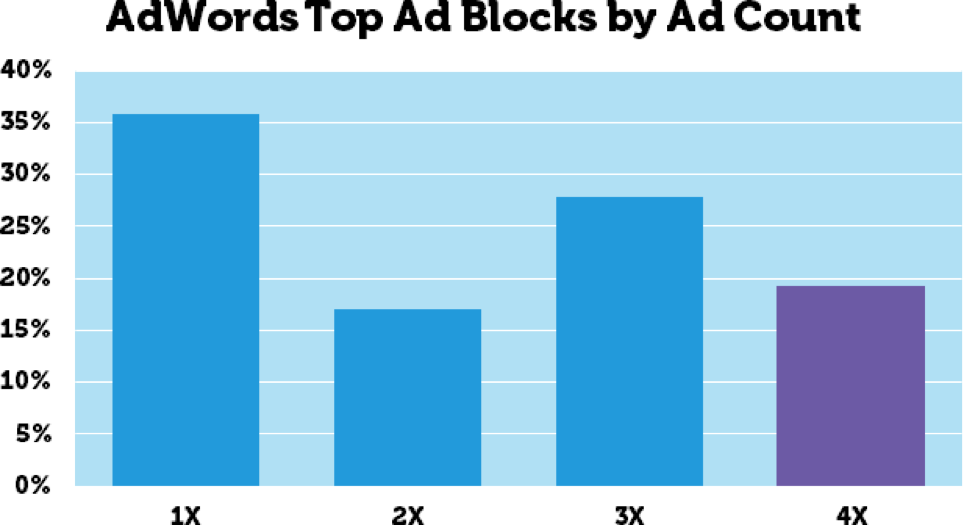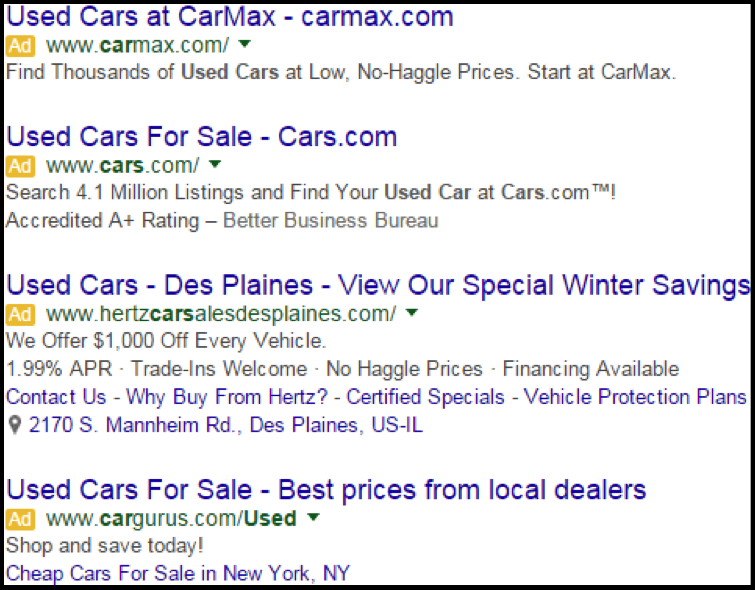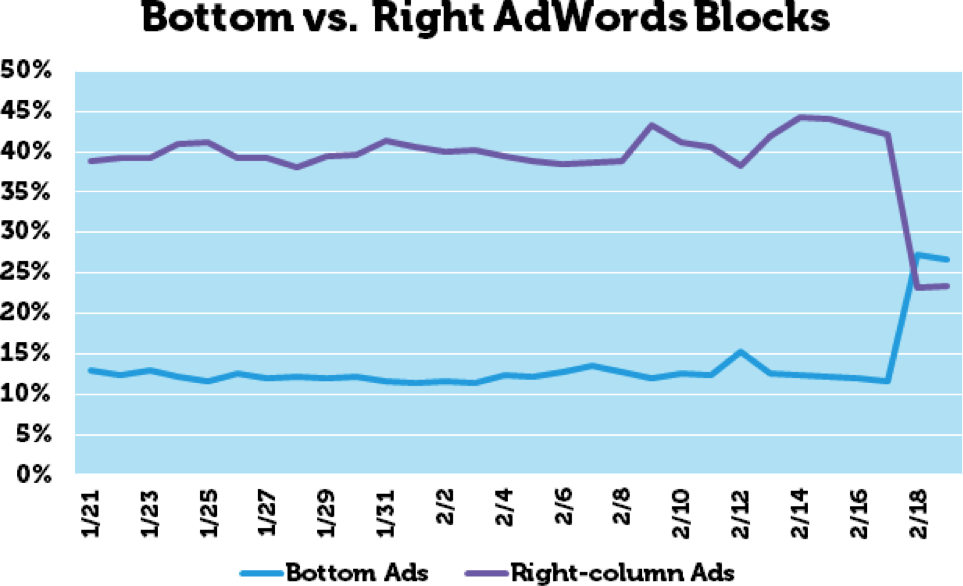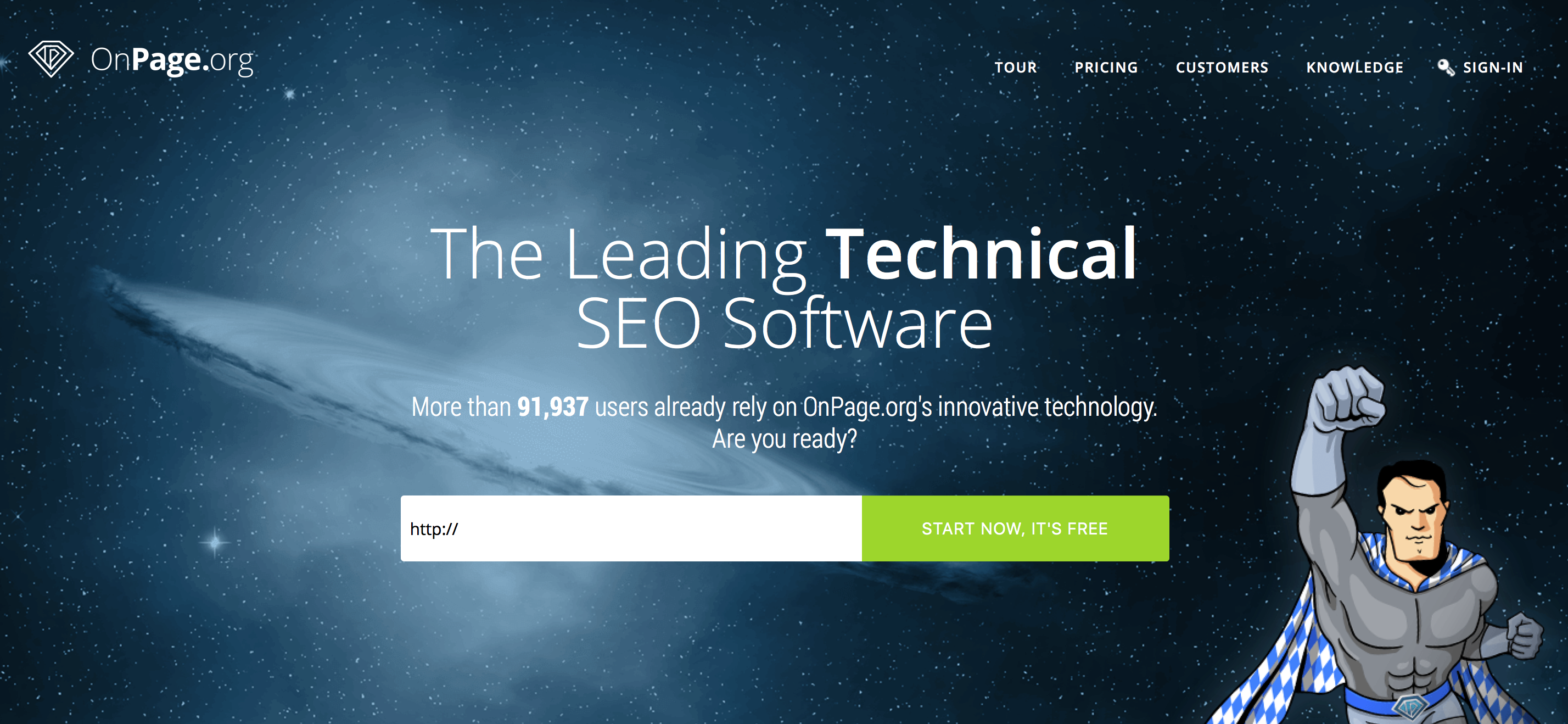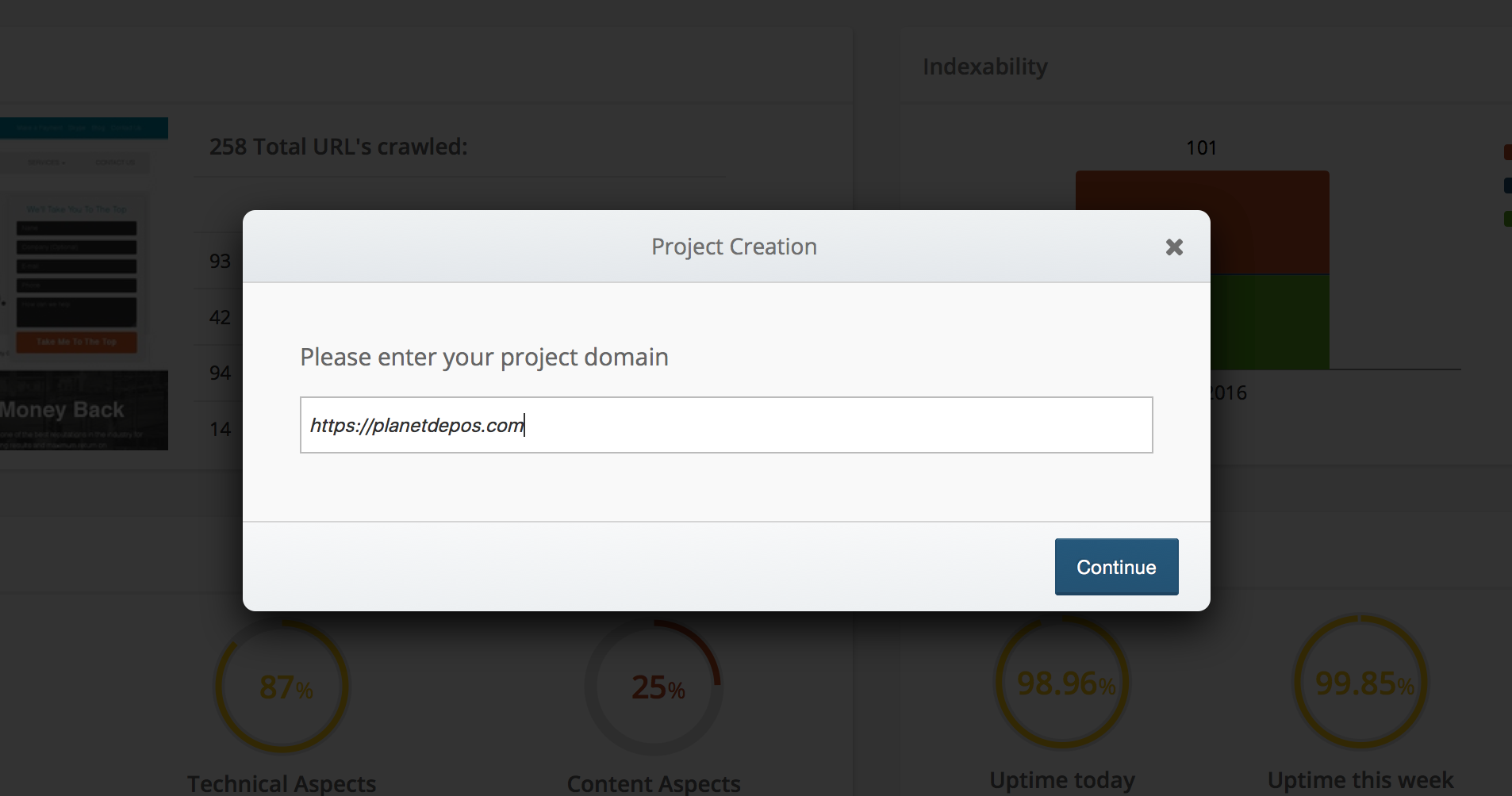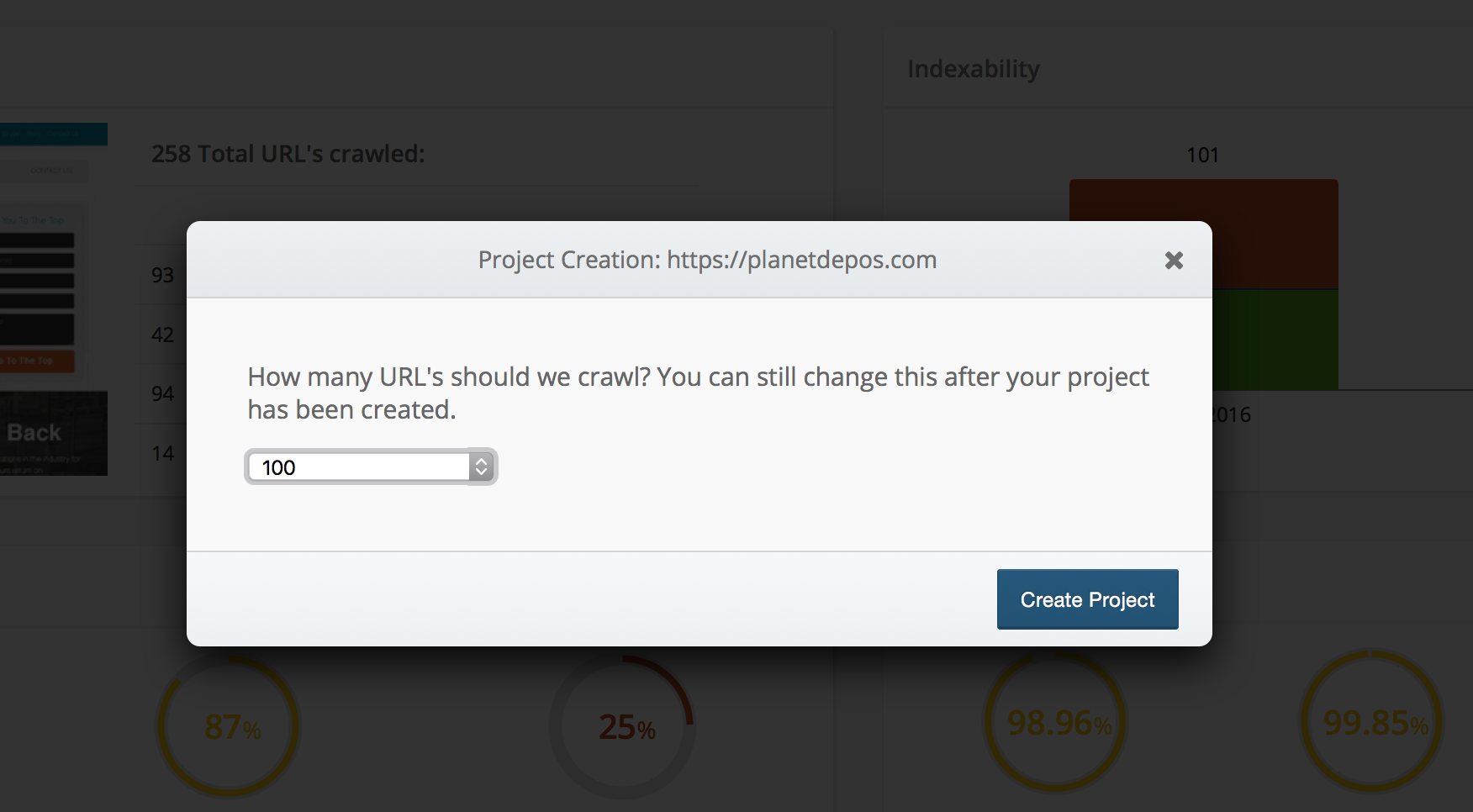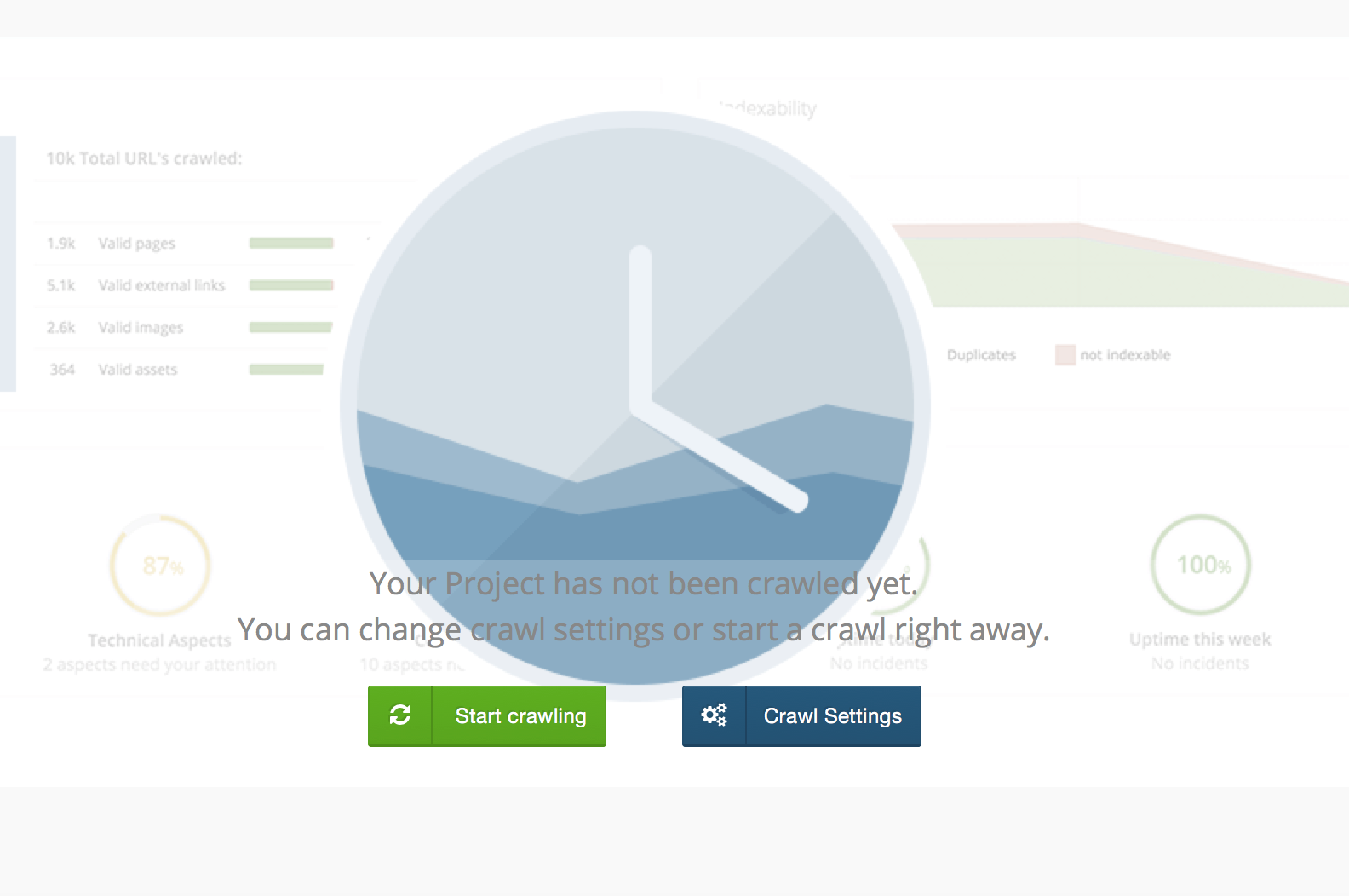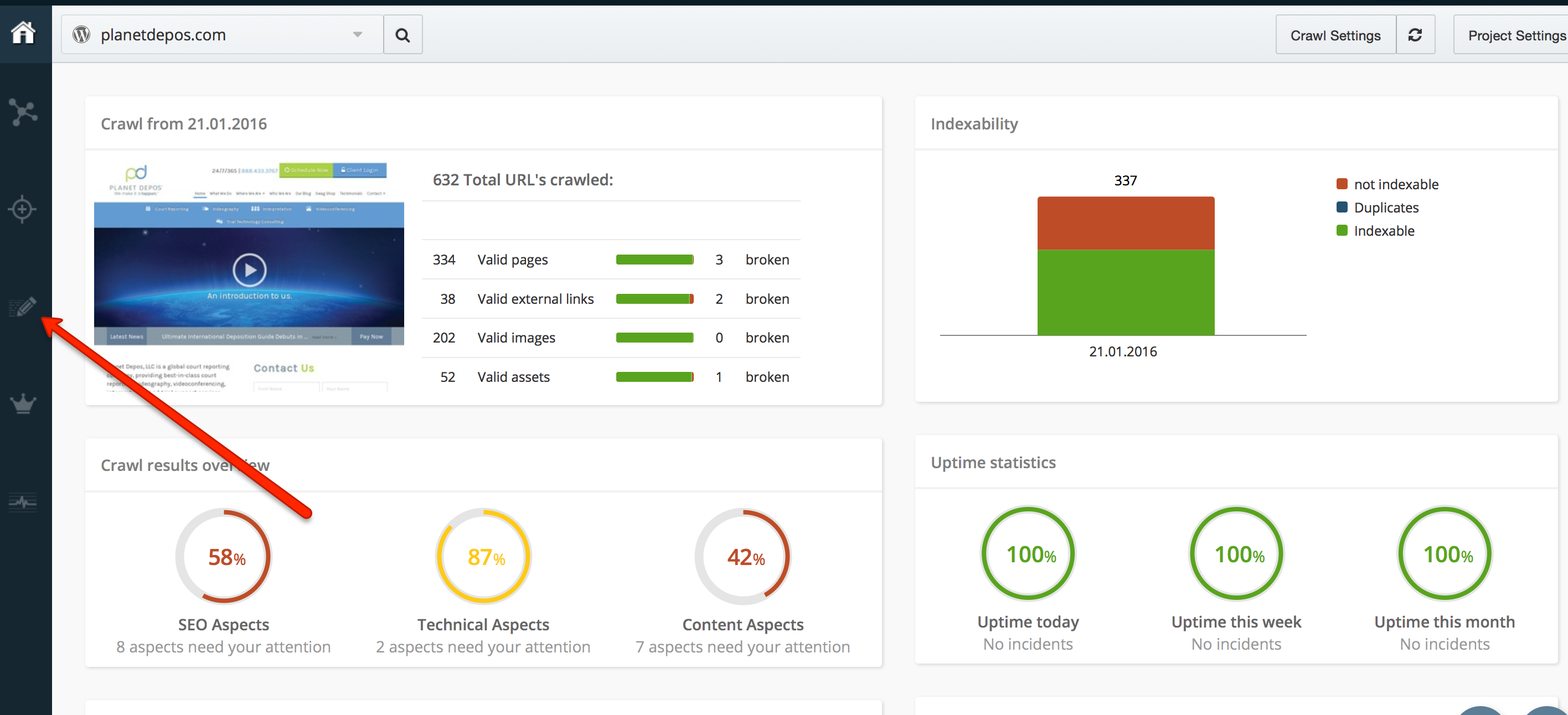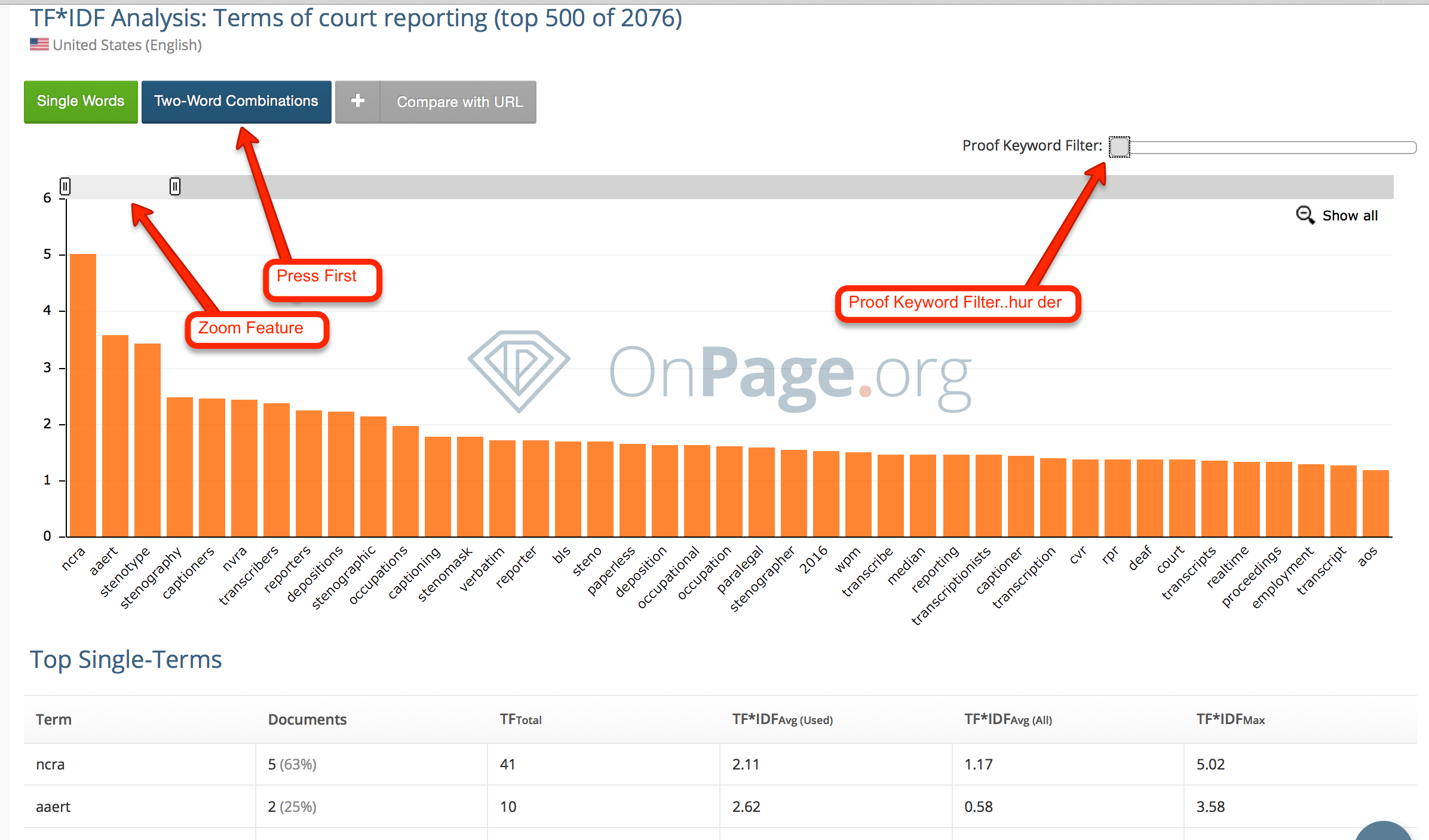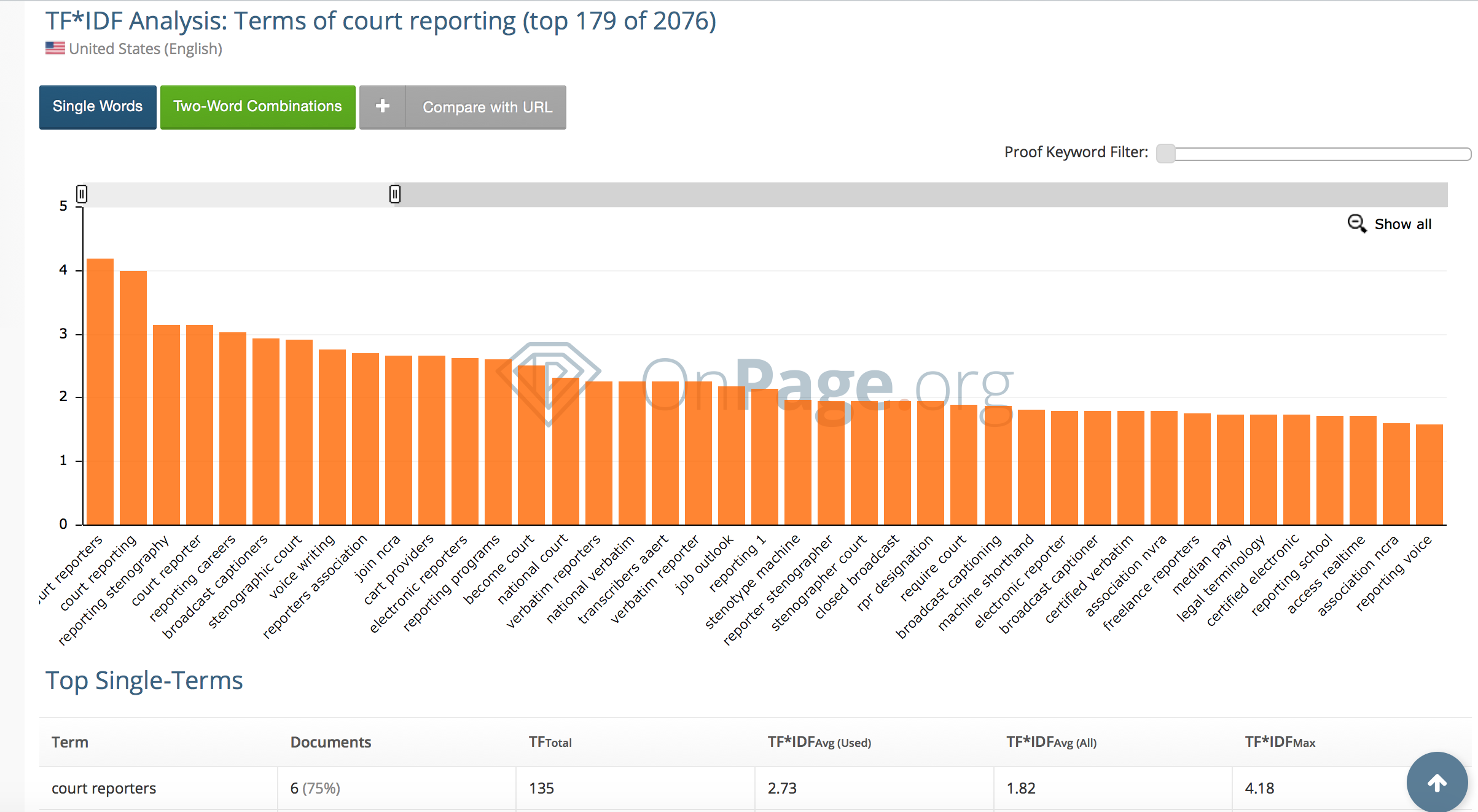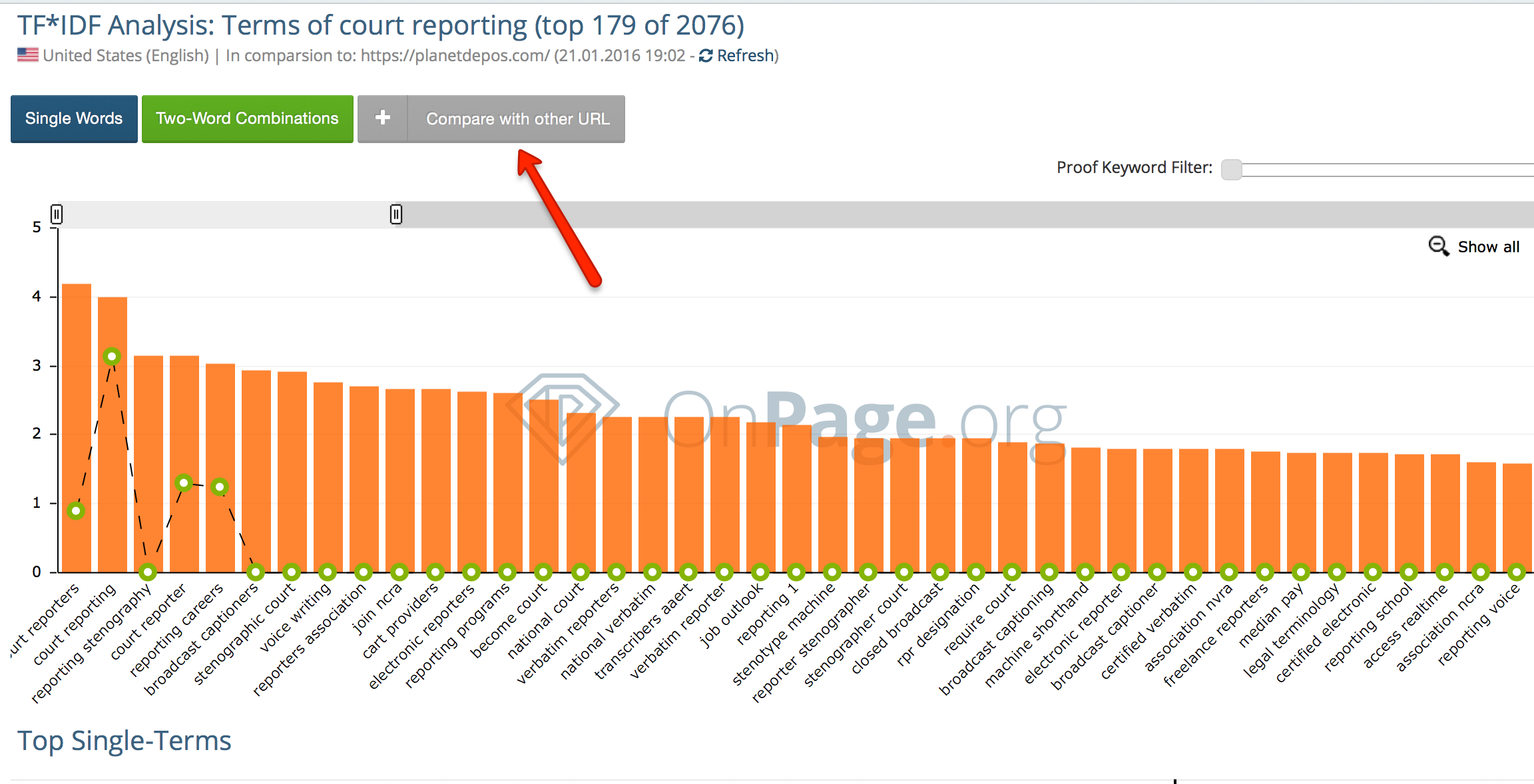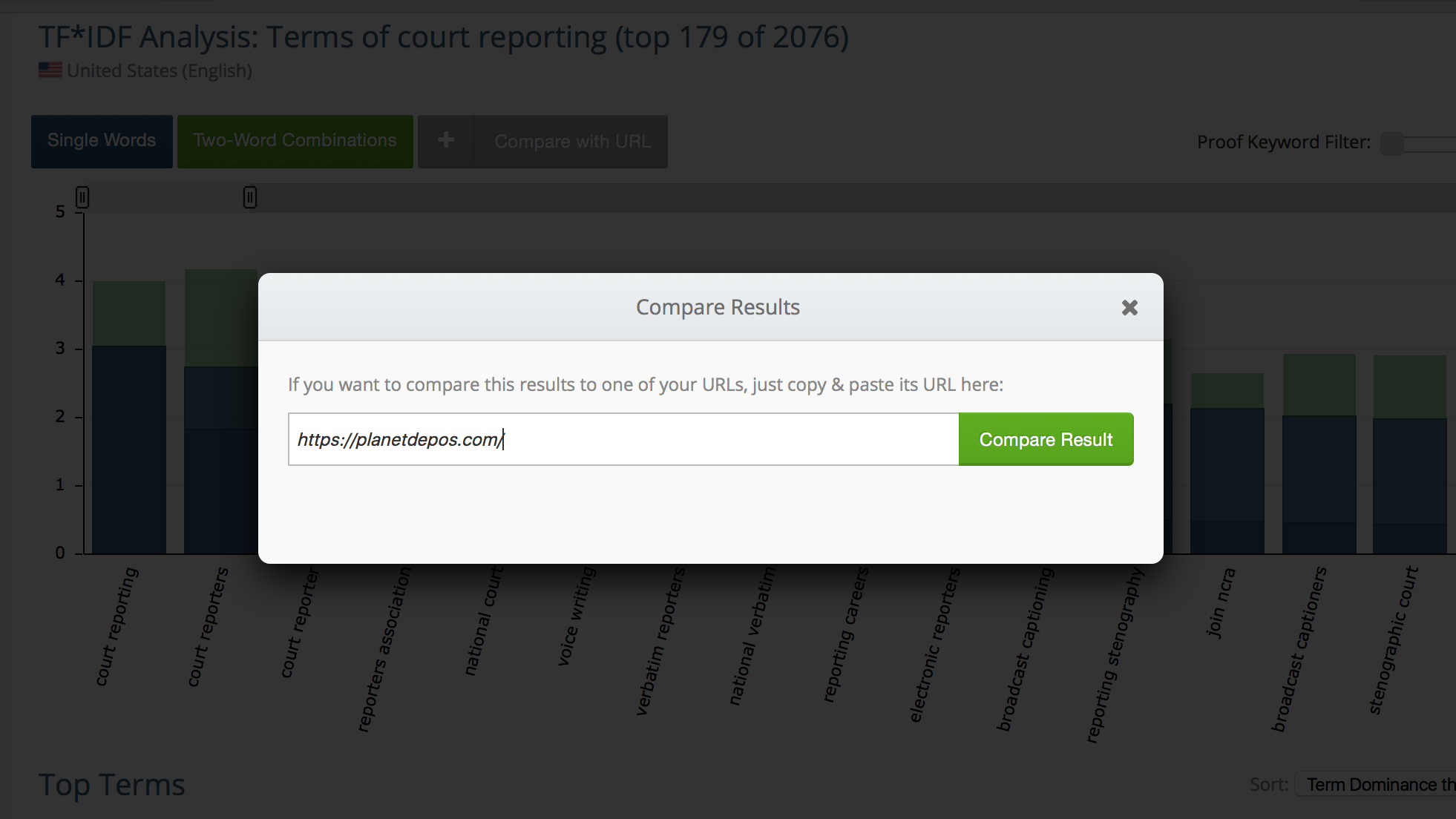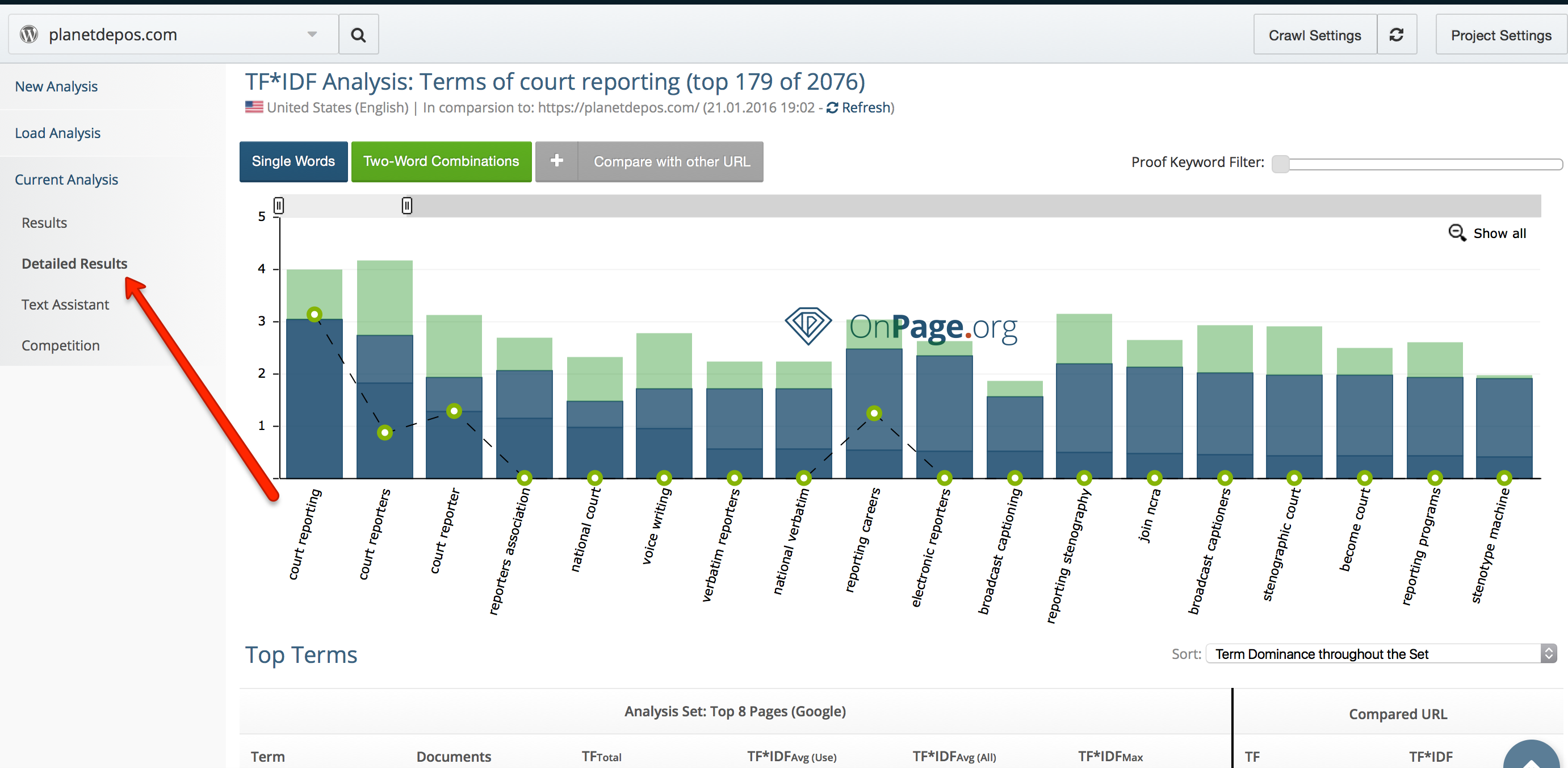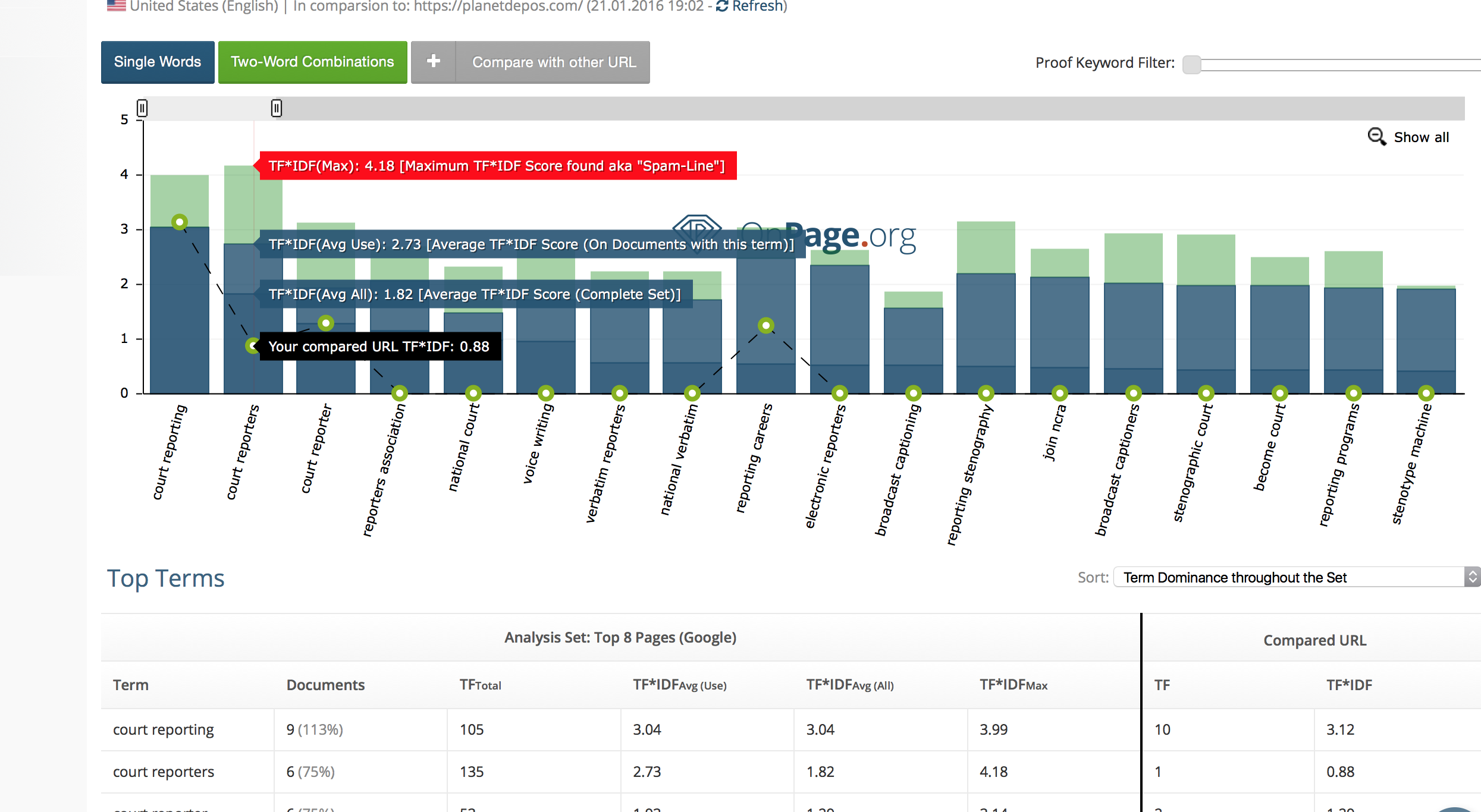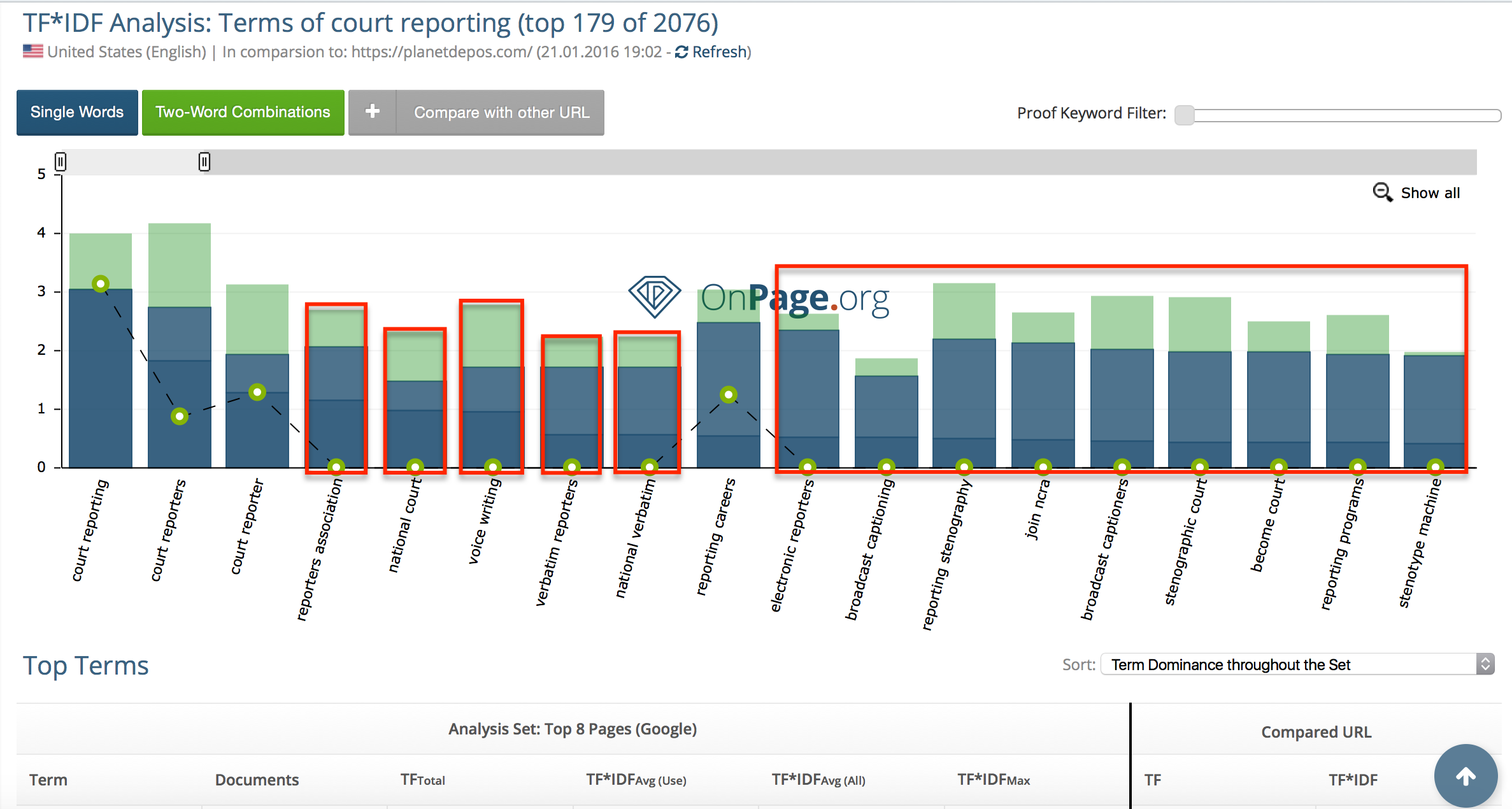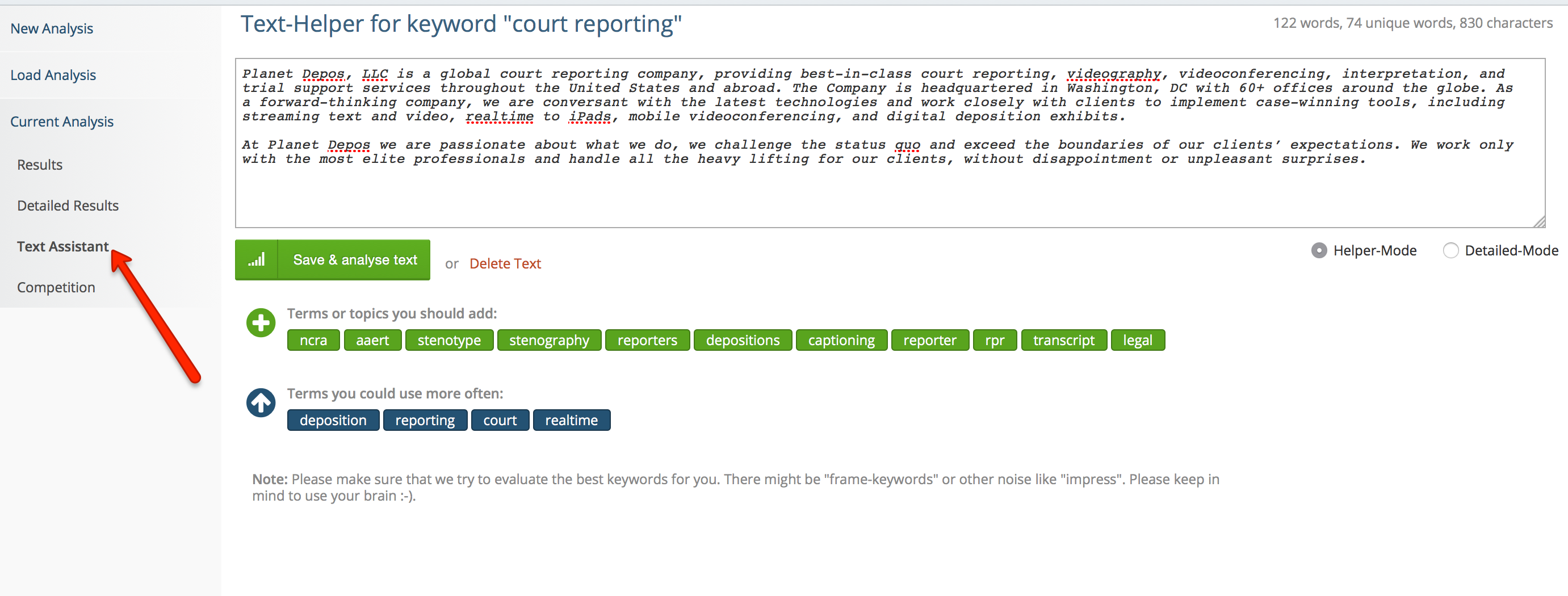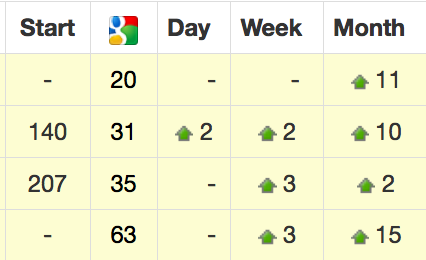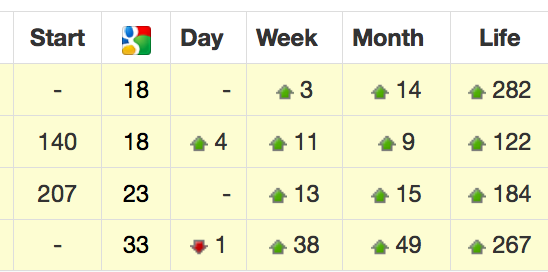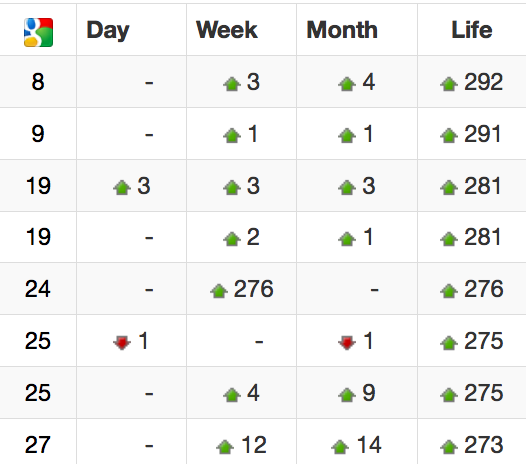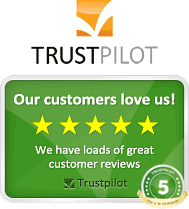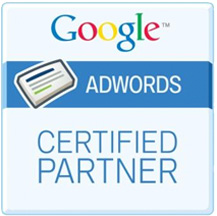
By improving your rankings, on-page SEO can generate hundreds of thousands of dollars in sales for your business. Simultaneously, it will reduce the amount of time and money that you need to spend on link building and social signal acquisition.
Research shows that on-page SEO still matters. There are plenty of SEO’s that will tell you that on-page SEO doesn’t matter, but those same people are spending thousands of dollars on links to achieve the same rankings that you can get for a 10th of the cost.
While on-page might not always be enough to earn your first page rankings for competitive keywords, it will help to boost your rankings and make the battle for first place that much easier and cheaper.
Even if you ignore this group, there is another subsection of the SEO community that still believes that old school methods work. They’ll tell you that nothing has changed, Google is still a simple beast and the more times that you include a keyword, the better. Give these people a wide berth.
Panda crushed most of them, and those that survived are likely to follow suit over the next year as Google optimizes their algorithm for understanding the content on a page. On-page SEO is a tightrope walk if you succeed you will get the admiration and glory that you deserve, but just a small slip and you can crash into nothingness.
Unfortunately, not taking part is hardly an option. There will always be other business owners who will take the chance, and those that succeed will be too far ahead for you to catch up. On-page SEO is a prerequisite for online success and therefore understanding and implementing it is of the utmost importance.
Traditional On-Page Ranking Factors
While it’s true that the same tactics that worked ten years ago won’t work today, that doesn’t mean that those ranking factors have disappeared. Many of them are still incredibly important, but Google has tightened their boundaries, punishing websites heavily for stepping over the limit.
Instead of stuffing, ramming, jamming and any other forceful verb, you should approach these old factors with purpose and a delicate hand. While SEO’s have been punished in the past for keyword stuffing, including your keywords in important tags is still beneficial.
The key is to give Google what it always wanted, a helping hand. Don’t try and take advantage. Use HTML markup the way it was intended, i.e., using image alt tags to describe the image if it doesn’t load and header tags for appropriate sub-sections.
Beneficial On-Page Factors
- The Title Tag – Using your title tag correctly is vital to ensure that Google indexes your article in the way that you intended.
- Header Tags – Headers are essential for readers and robots. They help to divide a long page into consumable chunks that are easier to read and compartmentalize. They also give the crawlers a better idea of what the page is about and which parts of the page are the most important.
- URL Structures – Including your keyword in the URL makes sense, not only for the reader who wants to click a page that is relevant to them but also for the robots.
- Image Alt Tags – If an image on your page fails to load it’s useful to have an alt tag which will display instead. Rather than using these to stuff in your keywords, use them the way they were intended.
- Strong and Emphasis Tags – Adding emphasis to certain parts of your content is a natural way to give extra information to a reader about the importance of a sentence or phrase.
- The Meta Description – Your meta description should briefly describe what the article includes, why it exists and who it is intended for.
These six ranking factors are from an era long behind us, often abused but still relevant. Only three of these factors have a significant impact on your rankings (we’ll get to that later), but all of them serve a purpose for both your readers and the search engine crawlers.
Dangerous On-Page Factors
These two have caused a lot of debate in the past, primarily because they were both important ranking factors that could make or break your on-page SEO. This is no longer the case, and many SEO’s would argue that they have no benefit at all while still being potentially dangerous. Optimizing for them is likely to have no impact while over-optimizing can be detrimental.
- Keyword Density
- The Meta Keywords Tag
In earlier versions of the Google algorithm, keyword density was necessary for the crawler to understand what your content was about and which keywords it should rank for. But once SEO’s started abusing it Google cracked the whip, punishing websites heavily for stepping over the boundary.
Eventually, Latent Semantic Indexing (LSI) was implemented, making keyword density redundant. That change alone means that keyword stuffing is now useless. The only reason you should ever think about keyword density is to ensure that when writing naturally you haven’t stepped over the boundary.
The Meta Keywords Tag played a similar role when search engines struggled to interpret content in any intelligible manner. Of course, now they don’t need any help and using this tag only informs Google that you’re actively trying to manipulate their algorithm.
Optimizing for Rankings
In the past, you could succeed by using your keywords in every single tag, header, and paragraph on the page. But doing that today is going to earn you an over-optimization penalty, or at least a negative impact on your rankings.
Thorough keyword research is going to give you a selection of keywords, both short-tail, and long-tail, which you can optimize for within your content. Short-tail keywords are the most competitive while long-tails are less-so because they have less traffic and offer a lower incentive to websites targeting them.
Title Tag
Your title tag is arguably the most potent tag on the page. It represents the entire article, and therefore it makes sense that Google would pay attention to the words that are within it. With that in mind, it makes sense to use your most competitive keywords in your title tag because it’s likely to give the most significant boost and therefore help you to rank.
There is some research to suggest that including your keyword towards the beginning of your title tag is beneficial, but this often isn’t practical. If you are doing this consistently, you also leave a large footprint should Google ever choose to penalize sites for manipulating rankings in this way.
It’s also common knowledge that Google uses CTR (click through rate) to influence their SERP’s, and therefore you should also optimize your title for readability and user interaction.
If you are creative in your title tag, you can often include both a short-tail keyword and a long-tail keyword. Not only is this a natural way to write a headline, but it also ensures that you’re getting as much benefit from your title tag as possible.
Header Tags
In most cases, you will make your H1 tag the same as your title tag, many platforms like WordPress and Joomla will do this automatically. This means that the strongest header tag at your disposal is the H2 tag.
The H2 tag is your chance to optimize for the next most important keywords, rather than including your main keyword again. The 2nd keyword you optimize for is probably lower competition, and therefore an H2 tag is often enough to put you in an excellent position to rank on the first page with just a few links.
URL Structure
Within your URL it’s smart to include the main keyword, especially if it’s only a couple words in length. If it’s exceptionally long, then you might opt for a semantic variation.
Image Alt Tags
When you include a picture on your website, you should always take the time to write a detailed alt tag. This tag will appear for users who can’t load the image and also for blind users who use a text-to-speech program to read the page to them.
Presuming that you are using relevant images you can often include one of your keywords in the image alt tag, but it shouldn’t be the whole tag, it should fit naturally into the sentence.
Meta Description
In this day and age, Google treats your meta description as optional, often choosing to replace it with a part of your content that it thinks is better suited to the SERP’s. However, it can increase your CTR which means more traffic and also positive user signals which can have an impact on your rankings.
Modern Factors
Those traditional factors represent around 30% of the journey, more than enough for you to overtake your uneducated competition, but perhaps not enough for the most competitive keywords. For those, you will need to optimize for new on-page factors that can improve your rankings without risk of being penalized.
Grade Level Reading Score
It’s incredibly likely that Google is using Grade Level Reading Score to decide which results they return for different queries. Grade Level Reading Score is a complex system that attempts to interpret an article and the words that are used, giving a school grade which represents the level of writing in the article.
It makes complete sense if a young child searches for a page about dinosaurs they likely need a result that uses simple language. On the other hand, Google needs to be able to interpret queries and serve more complex pages for searches that are likely performed by adults interested in the science of dinosaurs.
Algorithms like the Flesch Kincaide Reading Ease score and the Grade Level score allow website owners to analyze their pages and see what level of language they are using.
To optimize your pages for this, you should interpret the keywords that you are trying to rank for and also analyze the top 10 results in the SERP. Both will allow you to figure out what level of writing is best for your readers so that you can adjust your writing style to improve your rankings.
Latent Semantic Analysis/Indexing
LSI is the reason why keyword stuffing is redundant, rather than dealing with individual words it looks at the topic of the content and uses a sophisticated algorithm to find relationships between words and topics. This is what allows Google to rank pages for keywords that are never even included on the page or in any off-page signals.
Rather than trying to optimize for LSI keywords, focus on writing the best content that you can, covering a broad topic and giving readers as much information as possible.
Term Frequency – Inverse Document Frequency
tf*IDF is a measure of how important a phrase is to the entire piece of content, computed by a sophisticated algorithm that looks at the frequency of phrases within a document, along with other factors.
The tf*IDF value increases in proportion to the number of times a word is used, but this increase is offset by the frequency of the word. This helps to disregard words like ‘he’ and ‘it’while recognizing the importance of words that are used in larger quantities than usual but not frequently.
Essentially, tf*IDF is a complicated method for calculating a value similar to keyword density which Google can use to influence their rankings of pages for specific keywords.
Supplementary Content
In recent years Google has hired more humans to rate pages, giving them more data about the quality of a page. This data allows them to interpret a page and figure out whether a human would like it, without ever having to show a person first.
This essentially means that you need to create a good experience for readers, i.e., easy to read content, less intrusive ads, visible contact and address details, links to other pages and websites.
Page Speed Time
With the majority of searches performed on mobile, your pages can’t be bloated. They need to load fast, and because fast is subjective, it’s increasing each year as the internet gets faster.
Ten years ago, a page that loaded in three-seconds was fast, but now that’s practically a requirement for having a usable website. You don’t need to push the limits of page speed, but most sites should ensure that they load in around 1-second or less.
Length of Content
Research has shown that rankings are highly correlated with the length of a piece of content. As with page speed, the ‘right length’ is subjective but it appears to be increasing each year. In the past, a 500-word piece of content was substantial, but now you might need 2,000-words just to break the first page.
Other studies have shown that users link to and share longer content more than they do shorter pages. Secondly, pages which are filled with information are more likely to have positive user signals because the time on page will increase and the bounce rate will likely be lower because you are keeping readers engaged.
Enhanced Content Types
Research shows that there is a correlation between pages that have images and rankings. This should be self-explanatory, people don’t enjoy reading vast chunks of text, they would rather have pages that use pictures, videos, lists, quizzes, resources, infographics and table of contents.


